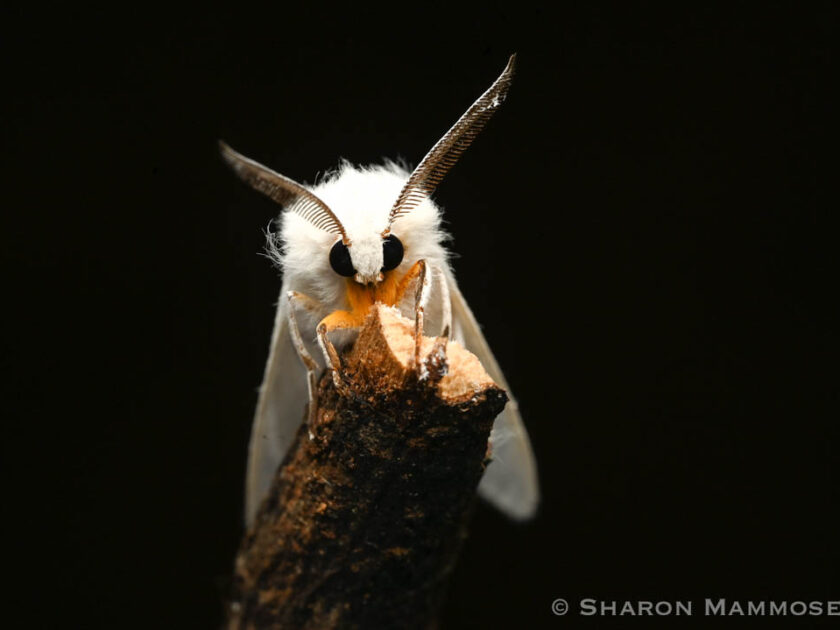My ten-year-old nephew, Evan, was here in western NC with my Mom, visiting for a week and we packed all kinds of fun activities into their time here. Ask Evan what one of his favorite activities was and I’m sure he’ll say “Mothing!” What’s mothing, you ask?

Mothing is putting out white sheets and bright lights with the idea of getting to look at insects and invertebrates you would never normally get to see. Moths, beetles, and many, many other insects come to the lights, landing on the white sheets and sometimes staying for hours. When I do this here, in my yard, I have three mothing stations and photograph all of the interesting creatures that come, but of course, this is not necessary–you could just admire what you get.
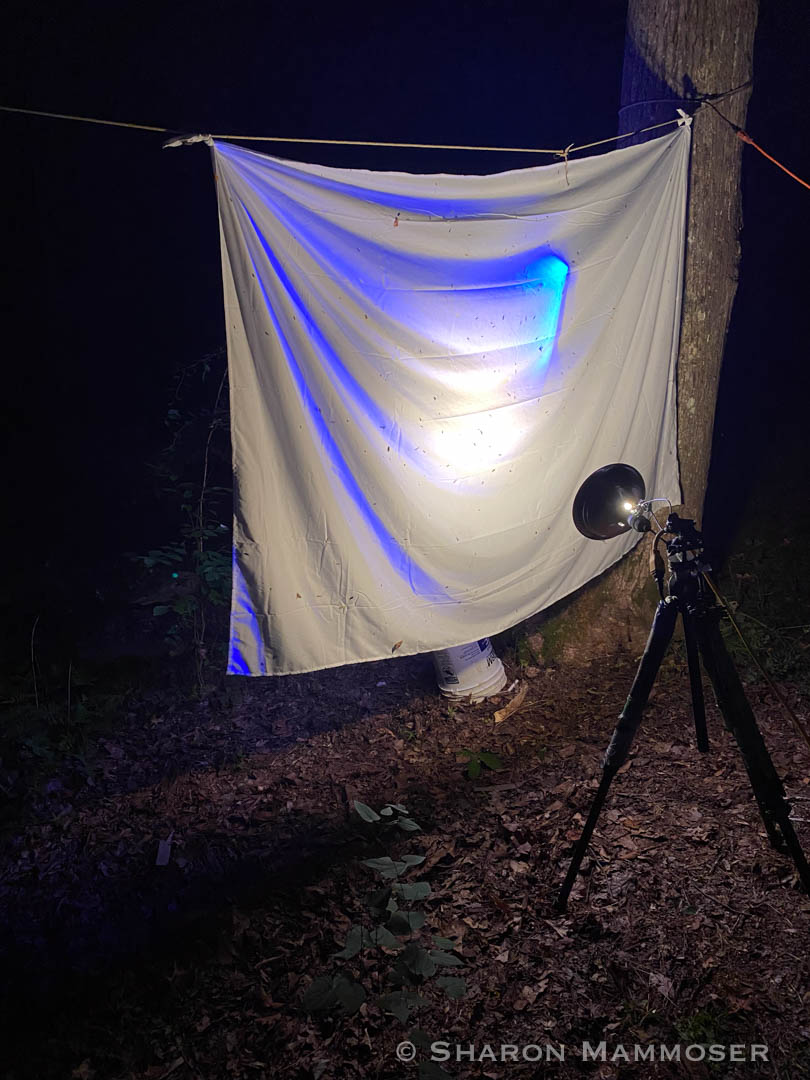
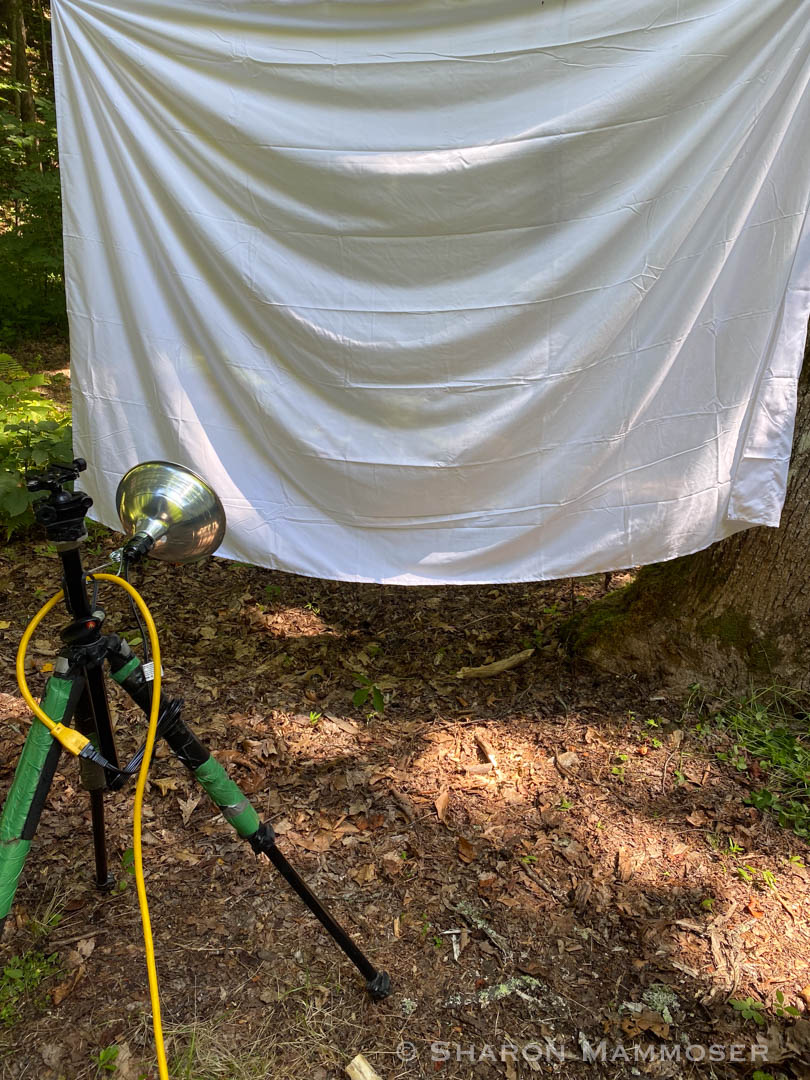
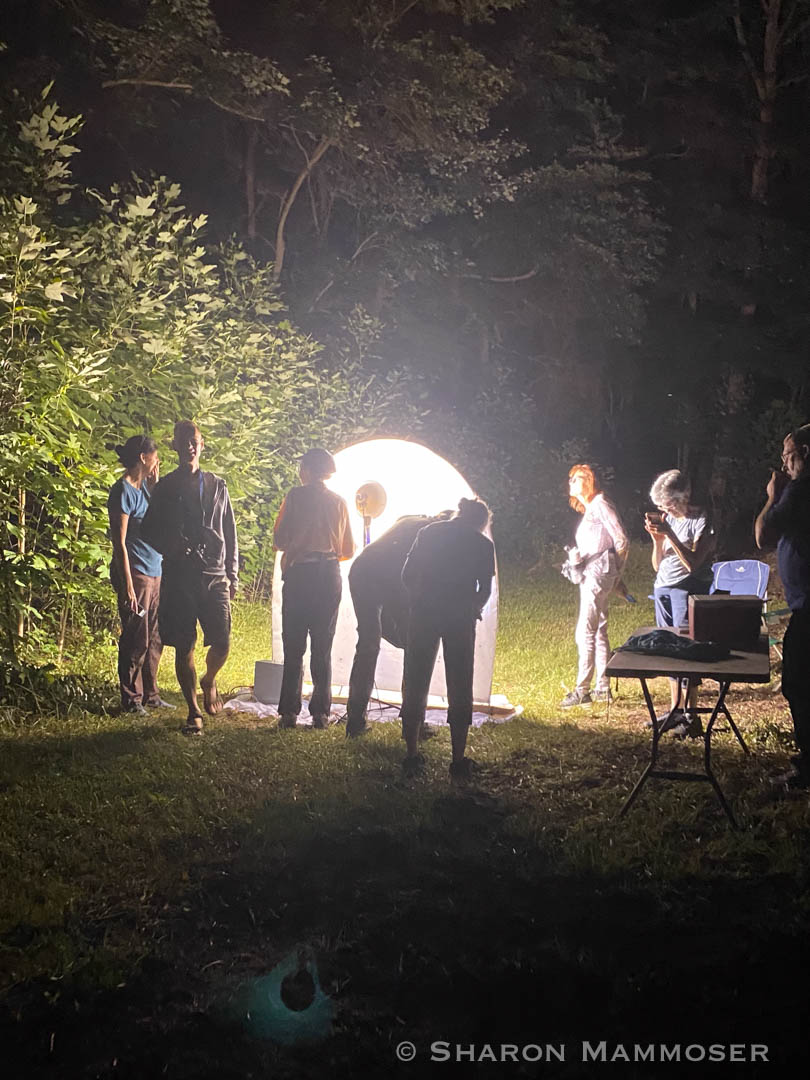
The white sheet serves as a place to easily look at what’s been “trapped” by the lights. I’ve seen some people do mothing without the white sheet, but then all of the insects you get are on the ground in the lights and it’s very easy to step on them. You don’t want to kill the very things you’re trying to attract so having a sheet is the safest thing for the insects.
For mothing you don’t need much other than a white sheet and a bright light that you can direct towards the sheet. Here I hang a rope between two trees and then use clothes pins to attach a cheap white sheet. I use a clamp light with an aluminum reflector, clipped onto a tripod facing the sheet. If you don’t have a tripod, no worries, you can be creative and clip it onto anything you have handy, including a folding chair, outdoor table or other moveable piece of equipment. The brighter the bulb, the better, and adding a black or ultraviolet light attracts more variety but is not necessary. The Natural History Museum of Los Angeles says of the bulbs, “CFL bulb, LED bulb, incandescent light bulb, mercury vapor lamp, or even the black UV light you occasionally bring out for Halloween. Mercury vapor lamps tend to be more effective at getting a broader range of unique moth species than when compared to other types of lights.” But don’t despair if you don’t have these! A regular bright light will work fine for your beginner mothing attempts.
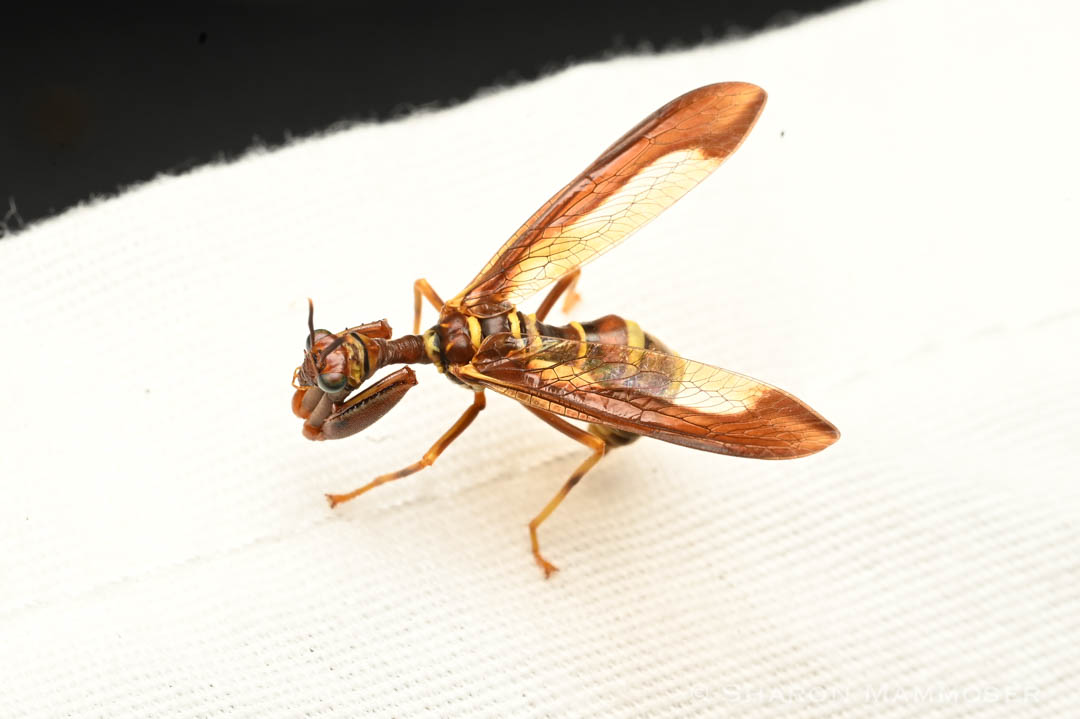
Of course I don’t leave this bright light on all night every night! I’ve written several pieces about the detrimental effects of light pollution and why I’m fighting for darkness. Mothin is a once-in-a-while activity and I turn all of the lights off well before sunrise so the insects can have a chance to disperse and find safe resting spots for the day.
Oh, and one more note here, please don’t be intimidated with not knowing the names of all of the things you attract!
There are so many it’s hard to know them all!
Sometimes –especially with kids–it’s just fun to look at them, maybe describe them, talk about their colors, shapes, or crazy adaptations and then let them go. It’s really about learning to look closely at things and realizing there are so many creatures that come out when we go to sleep for the night. The night is full of amazing and interesting creatures!!!
If you DO want to learn more, a great book for reference is the Peterson Field Guide to Moths. There is one for the northeast, and one for the southeast. I think the author is currently working on the one for the western US.
Here are some photos of some of the insects I’ve attracted with my mothing stations! Can you believe the variety?
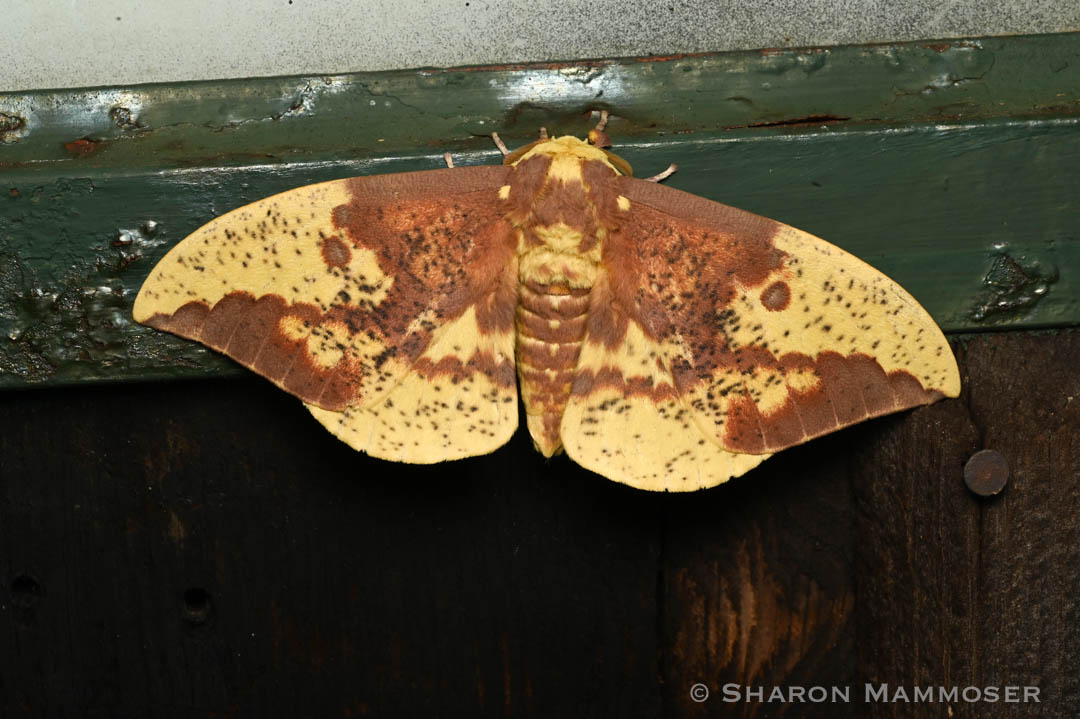
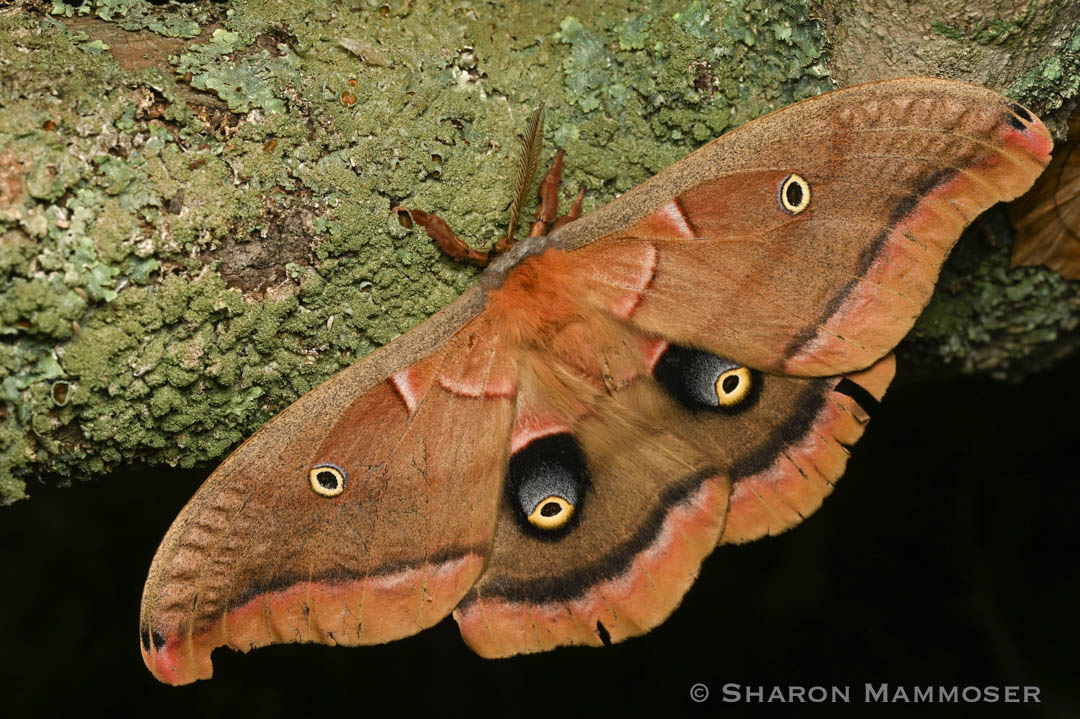
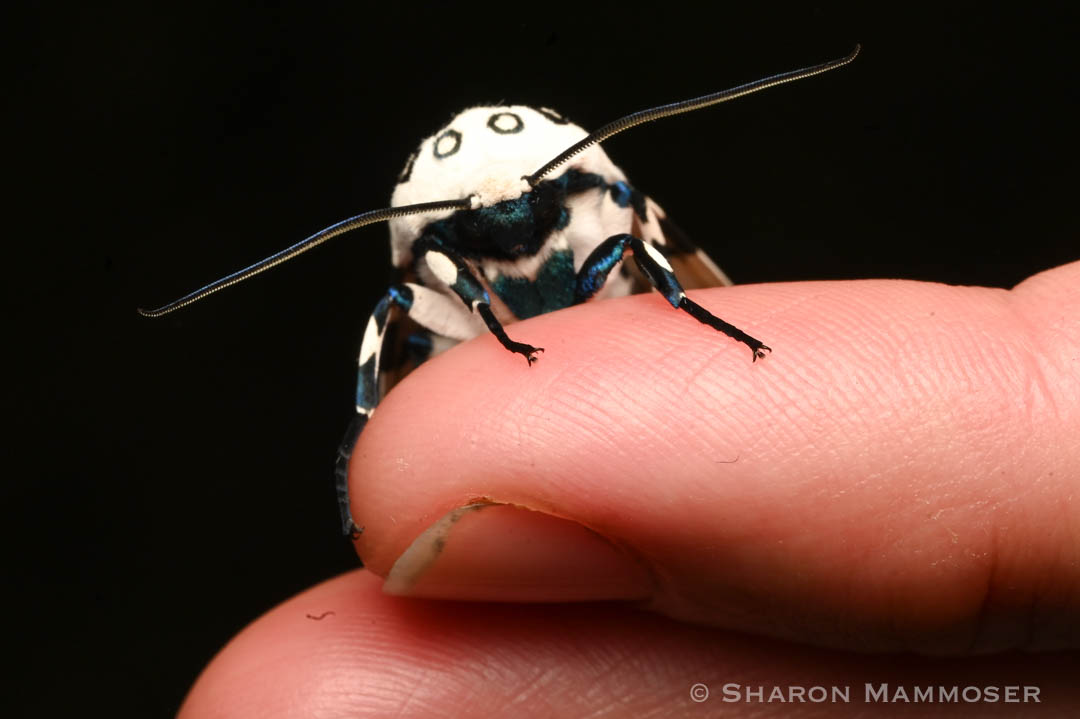
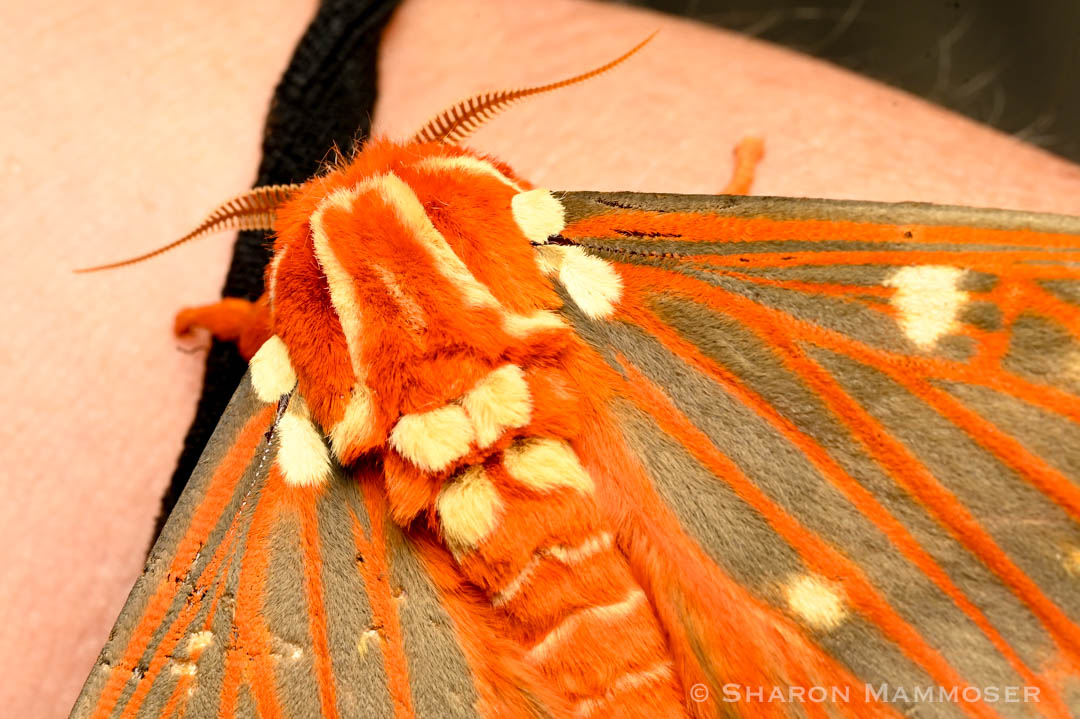
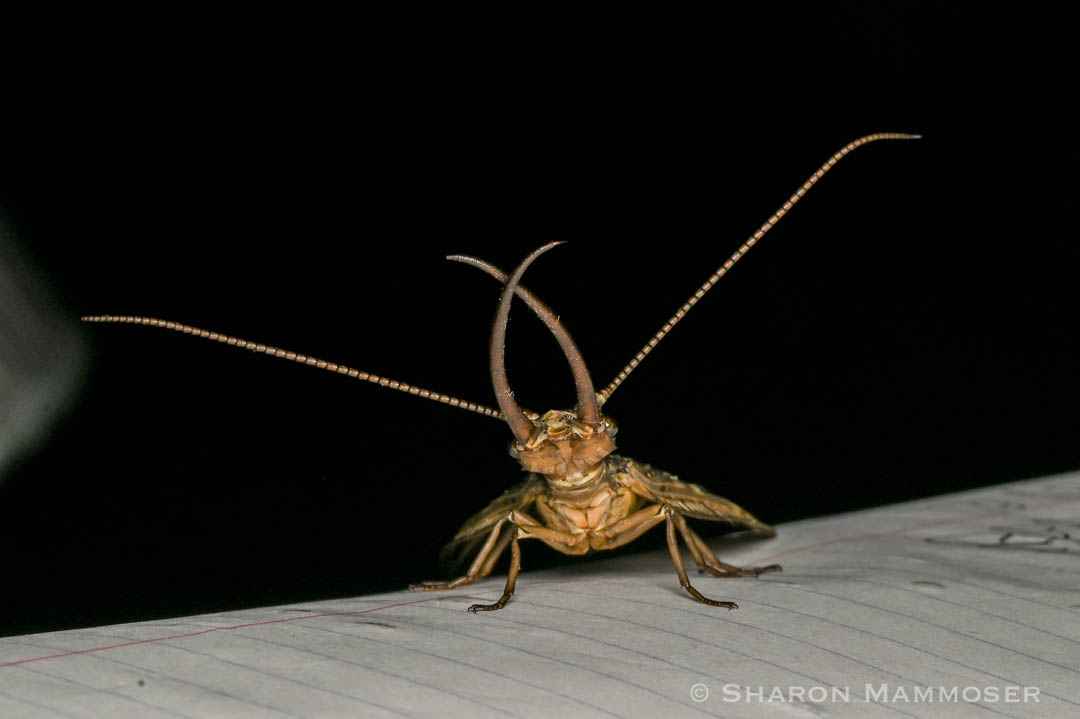
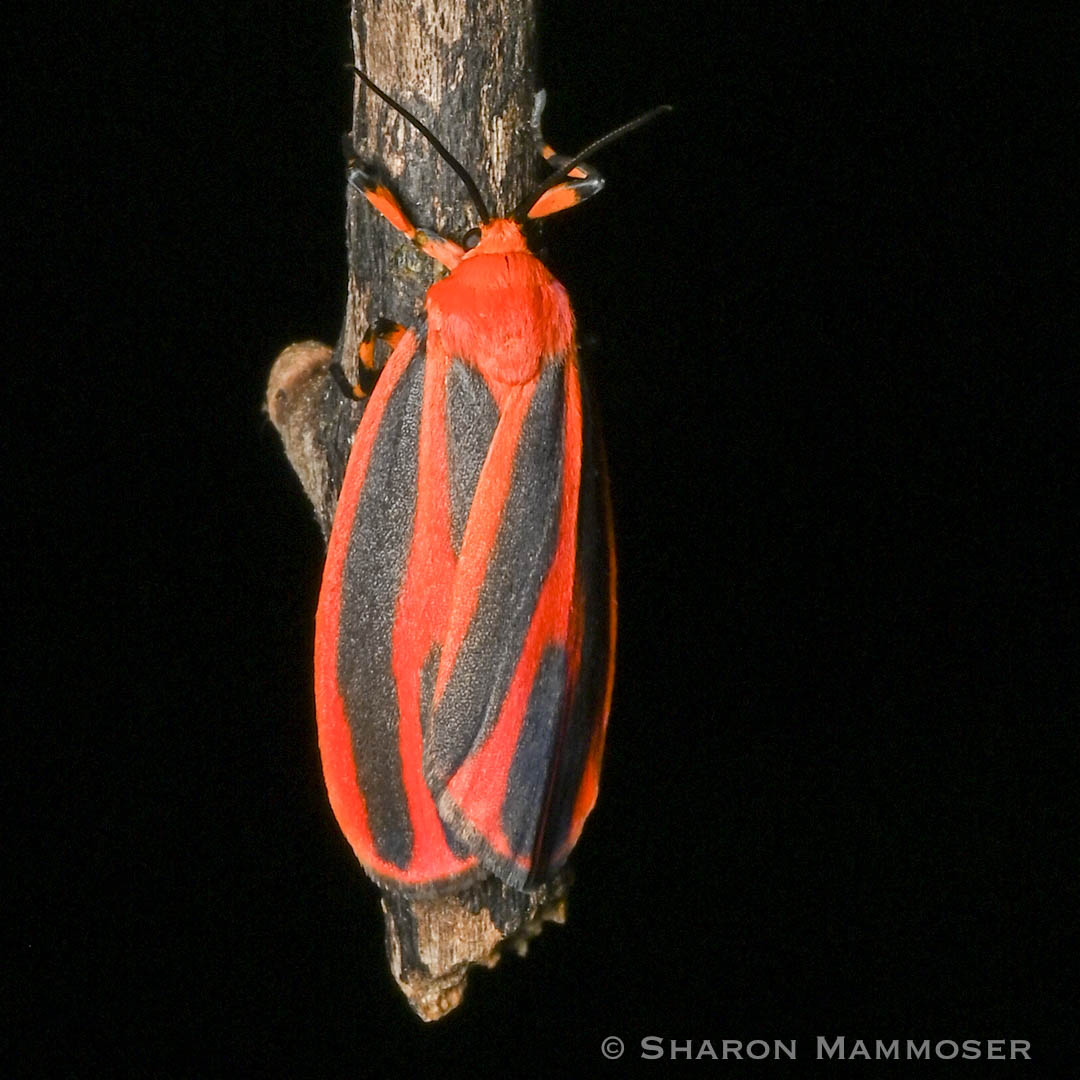
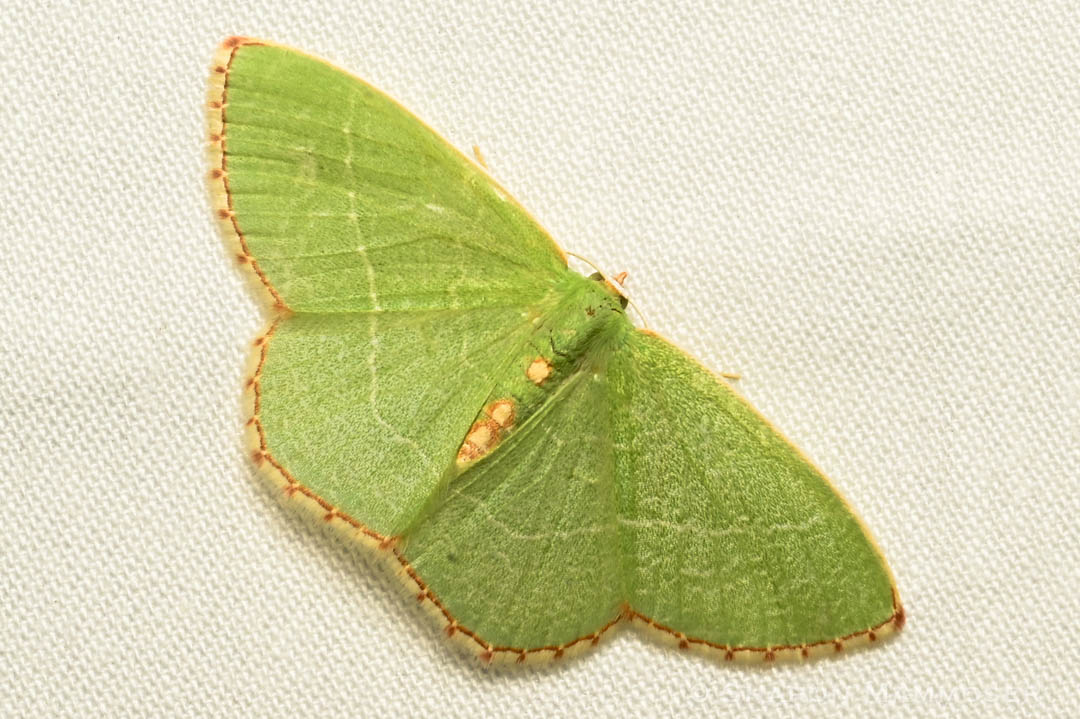
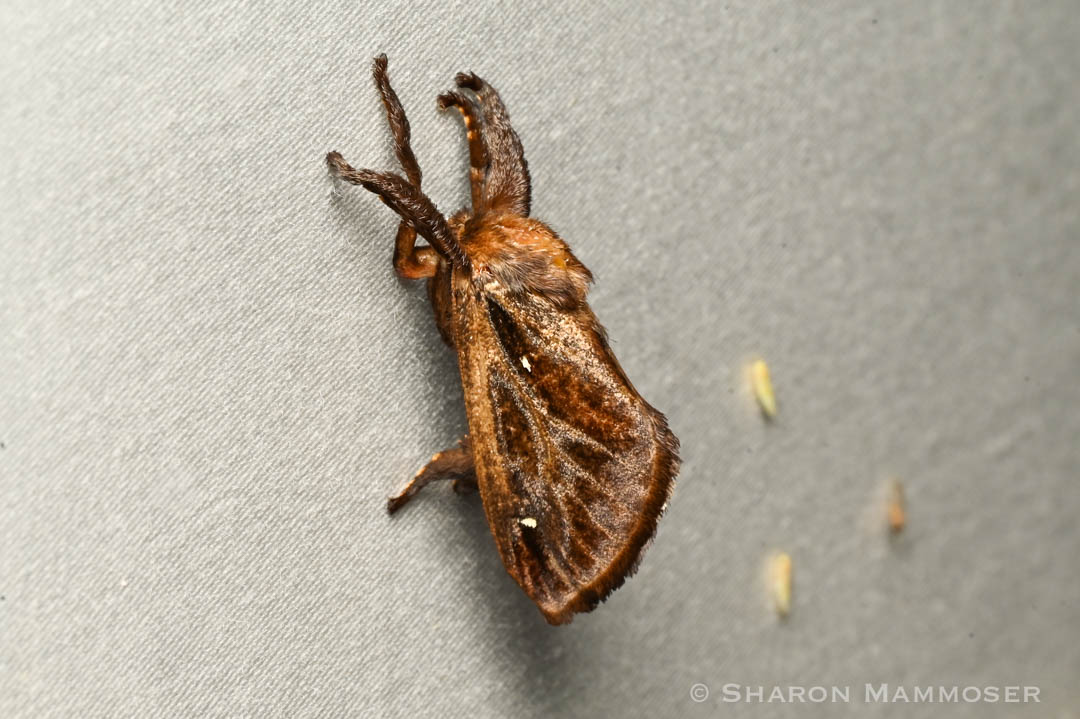
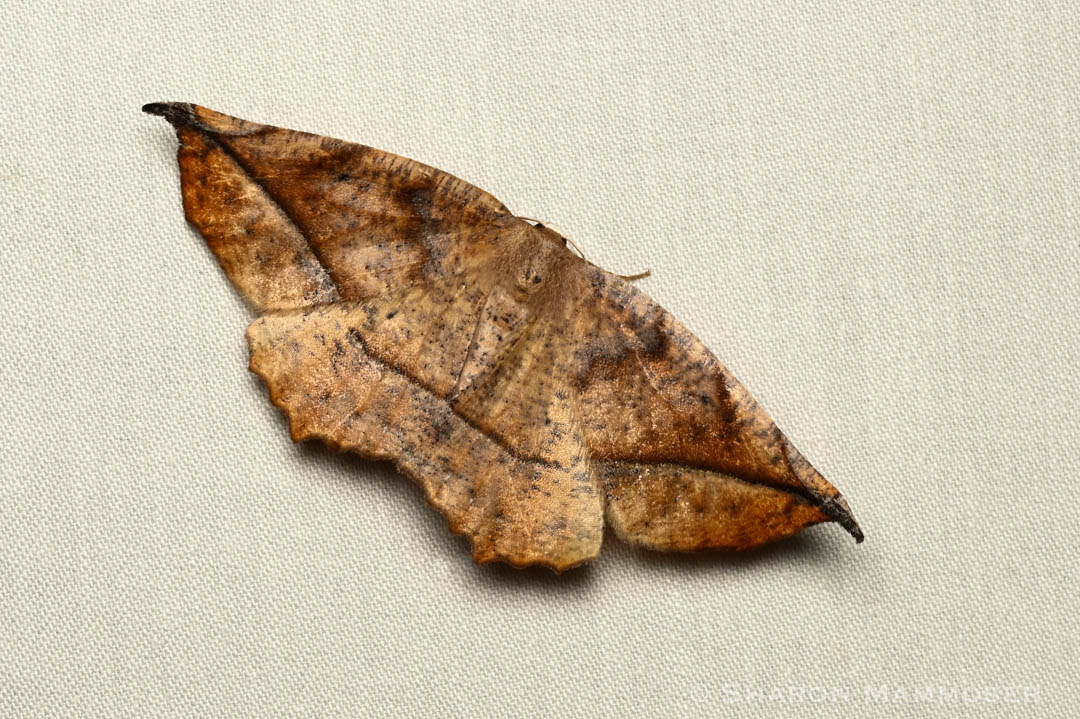
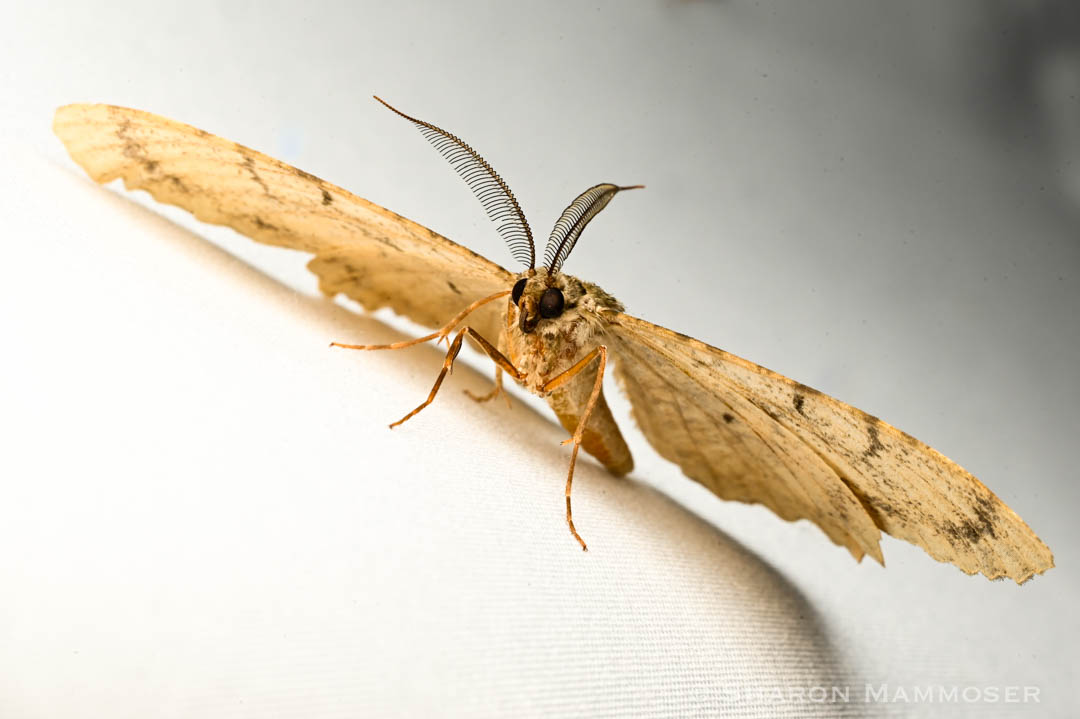
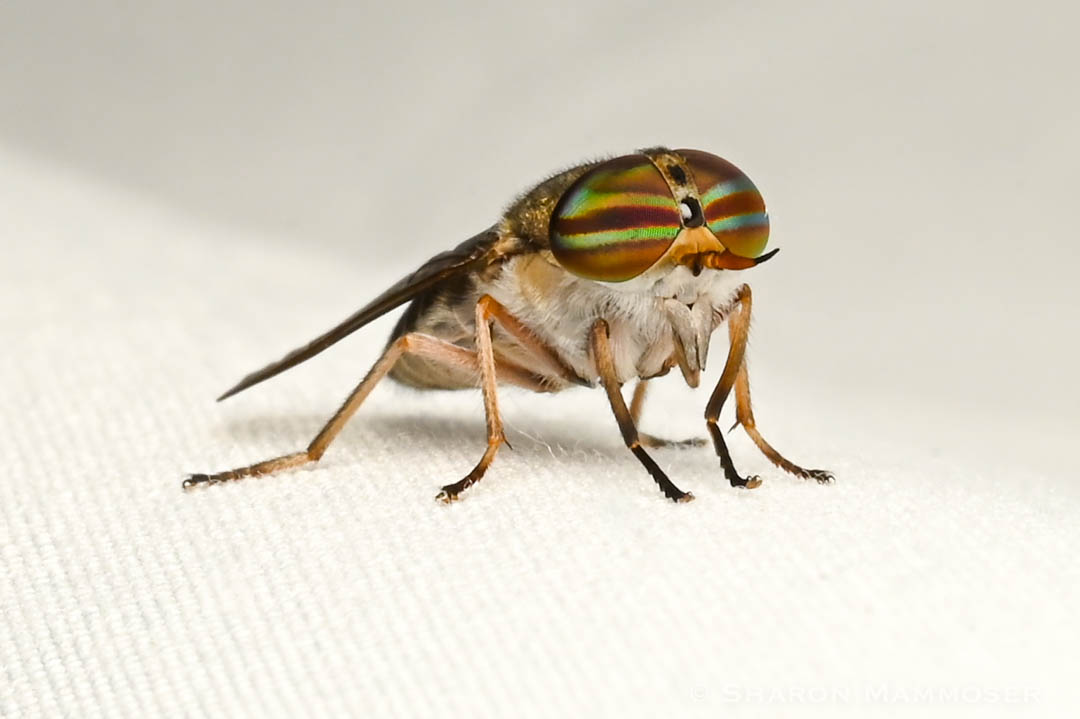
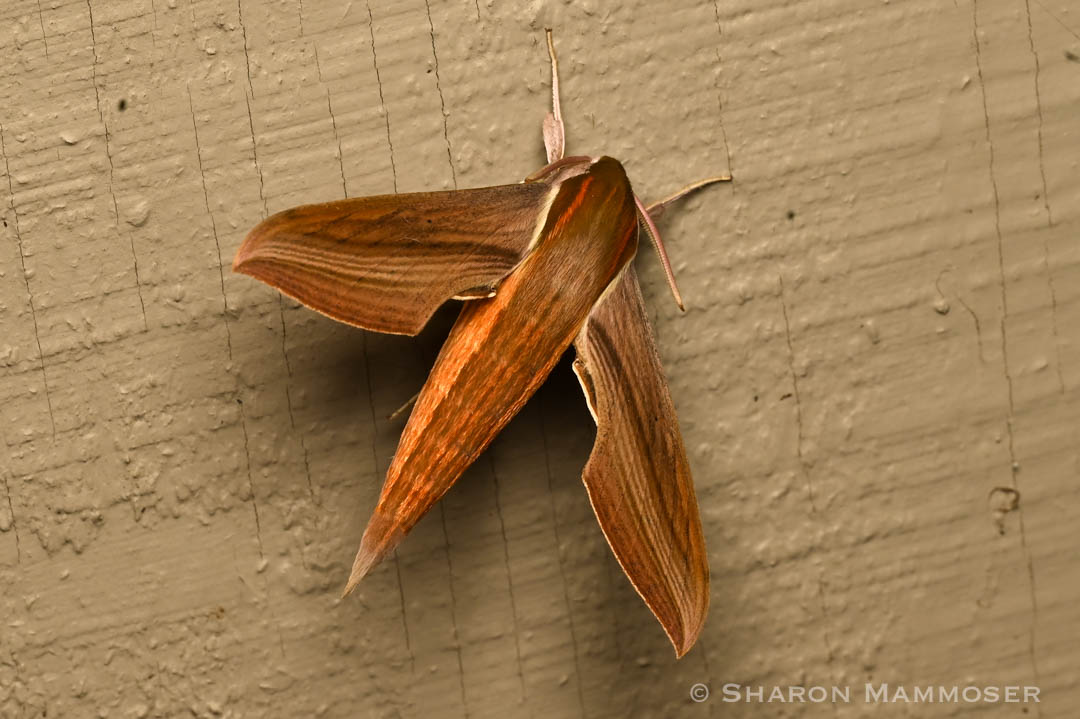
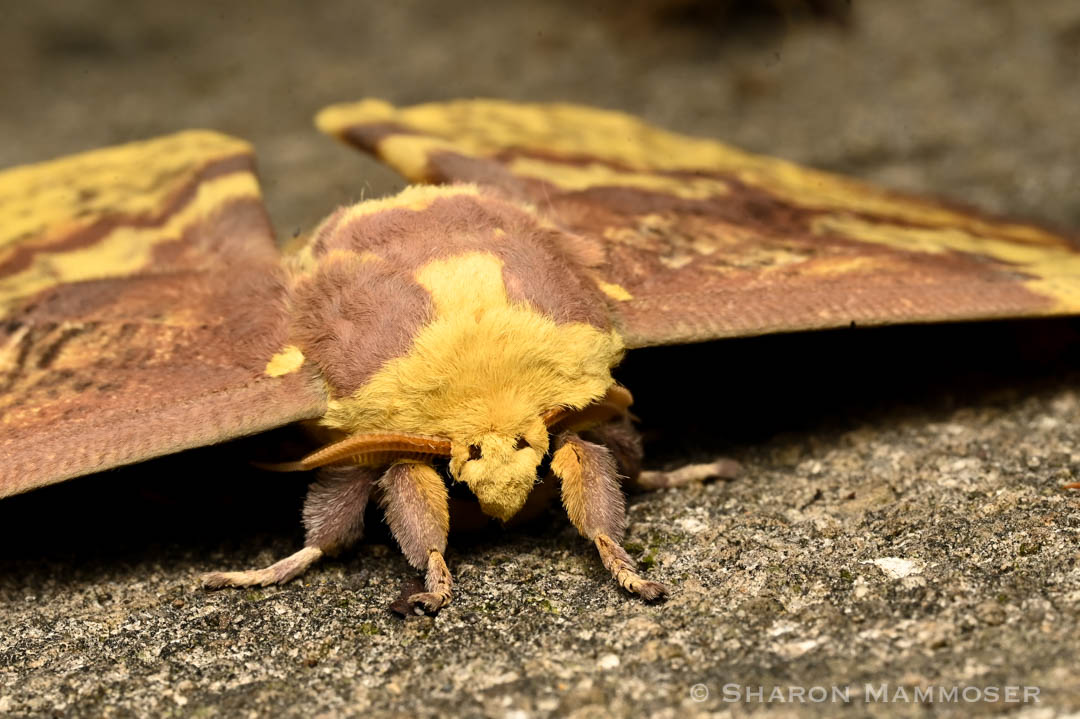
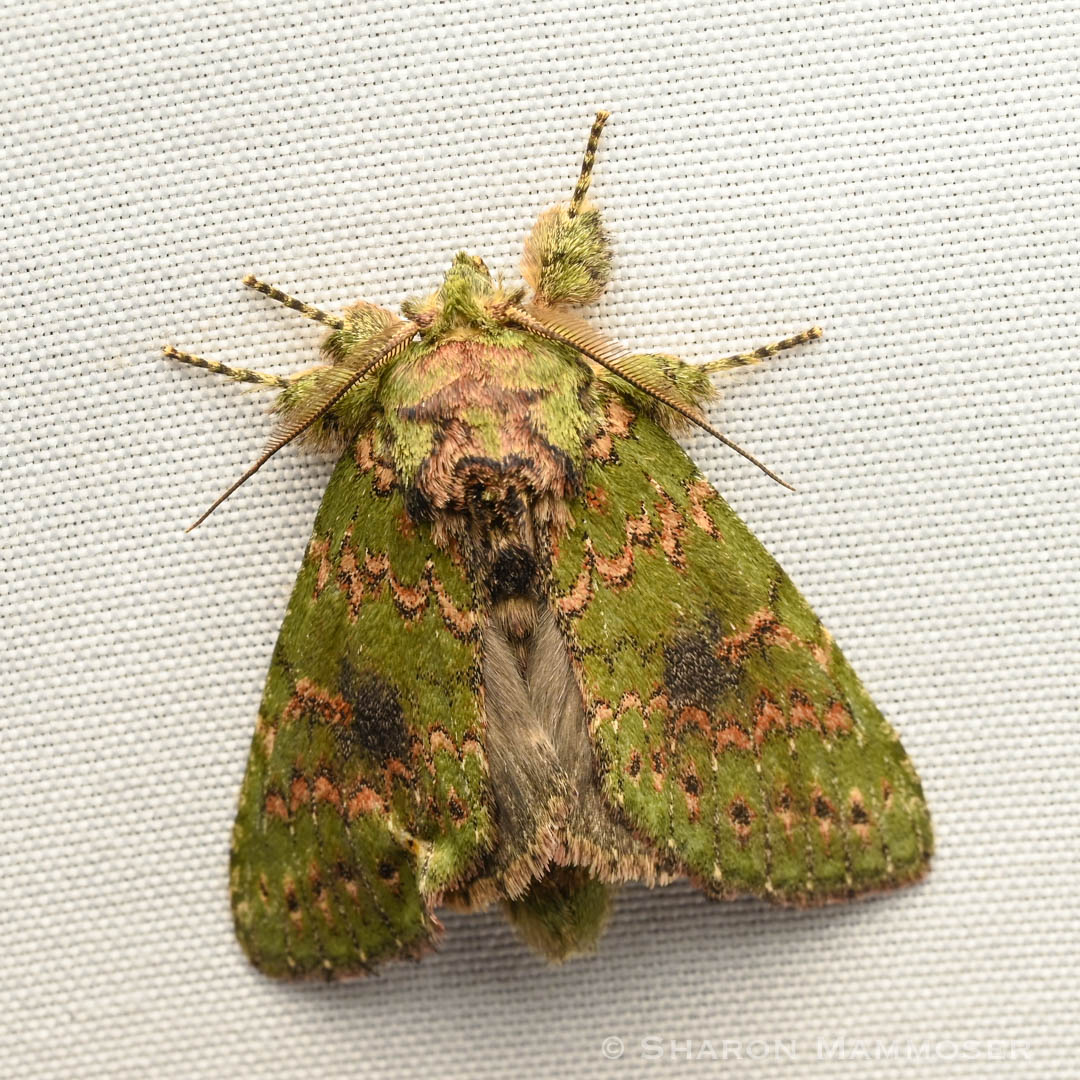
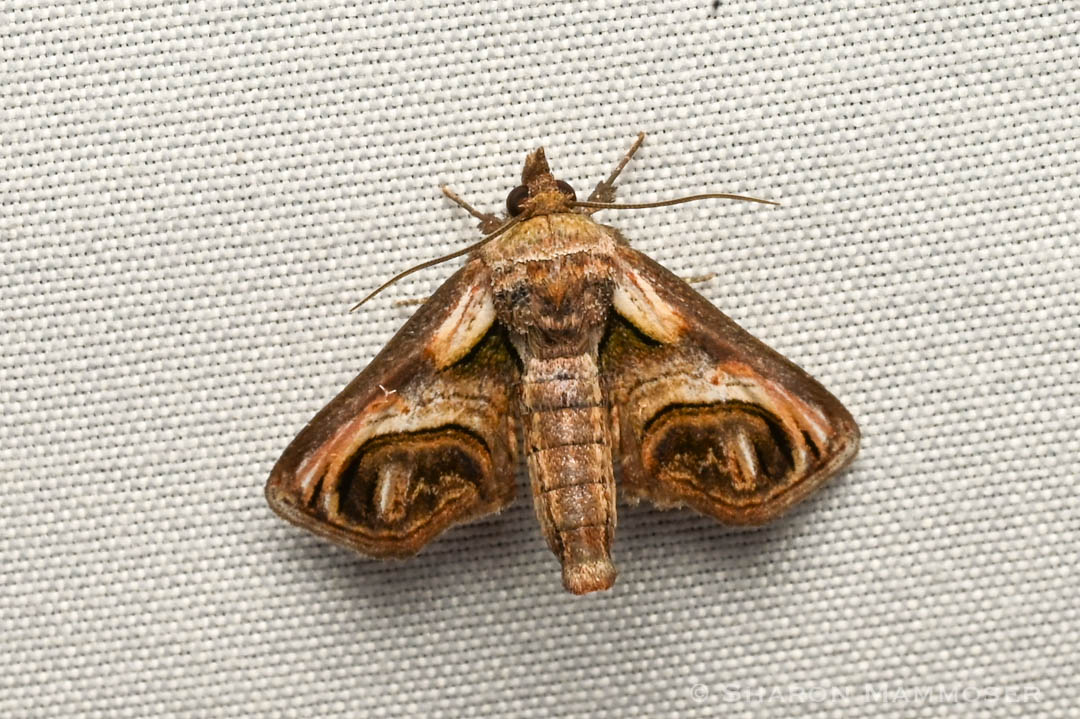
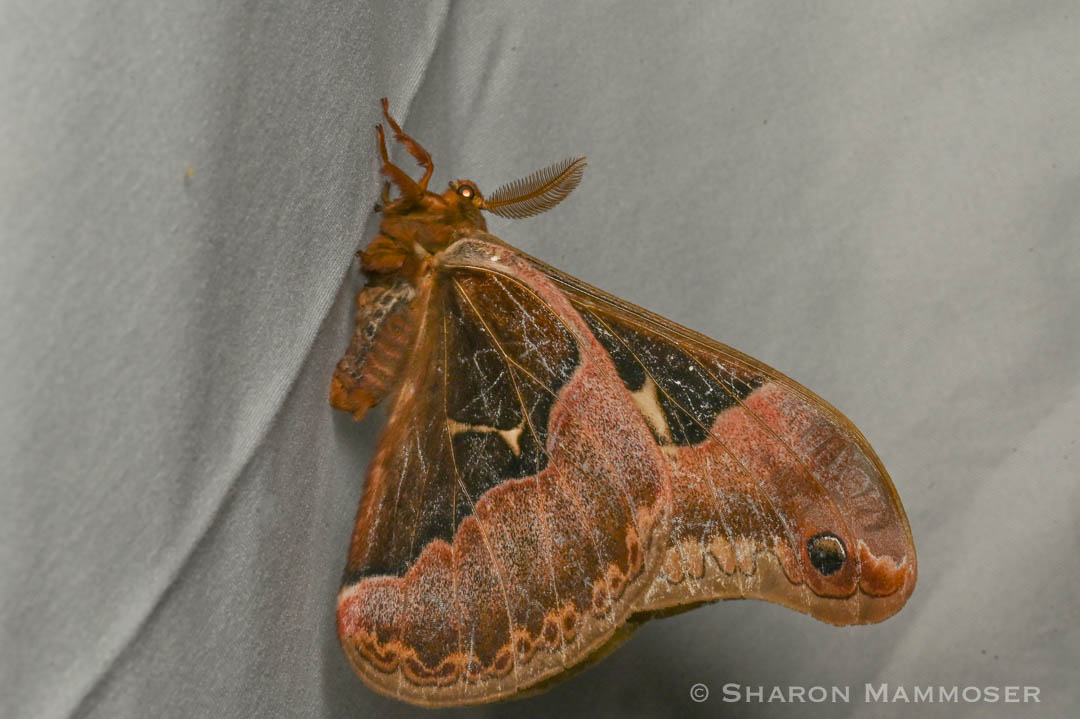
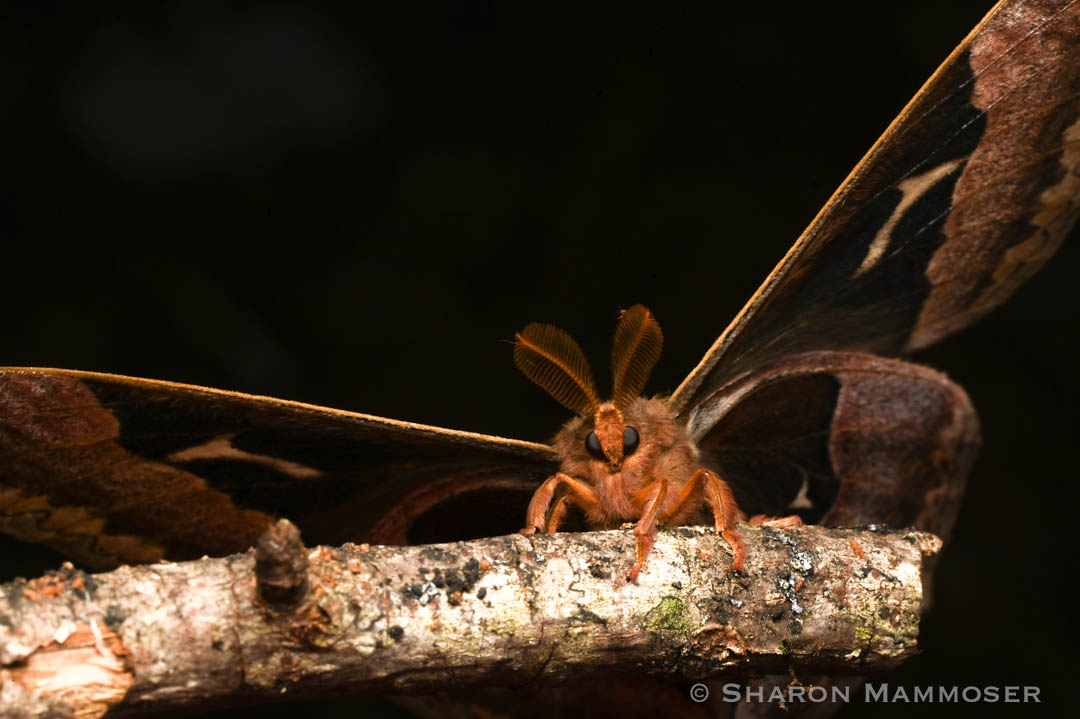
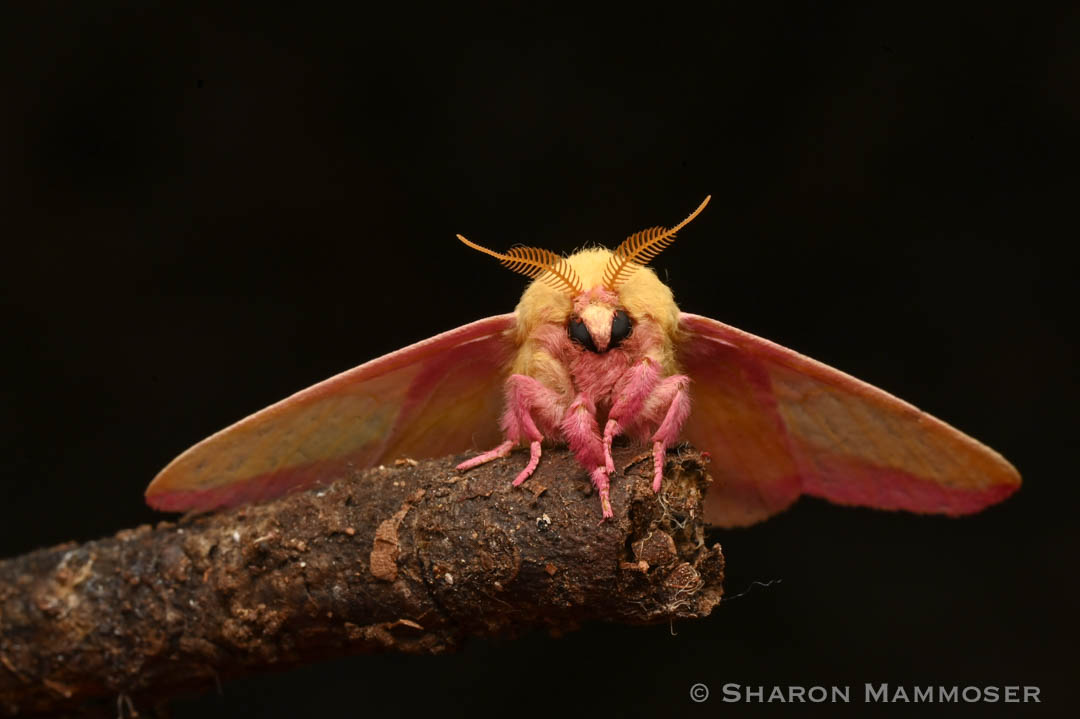
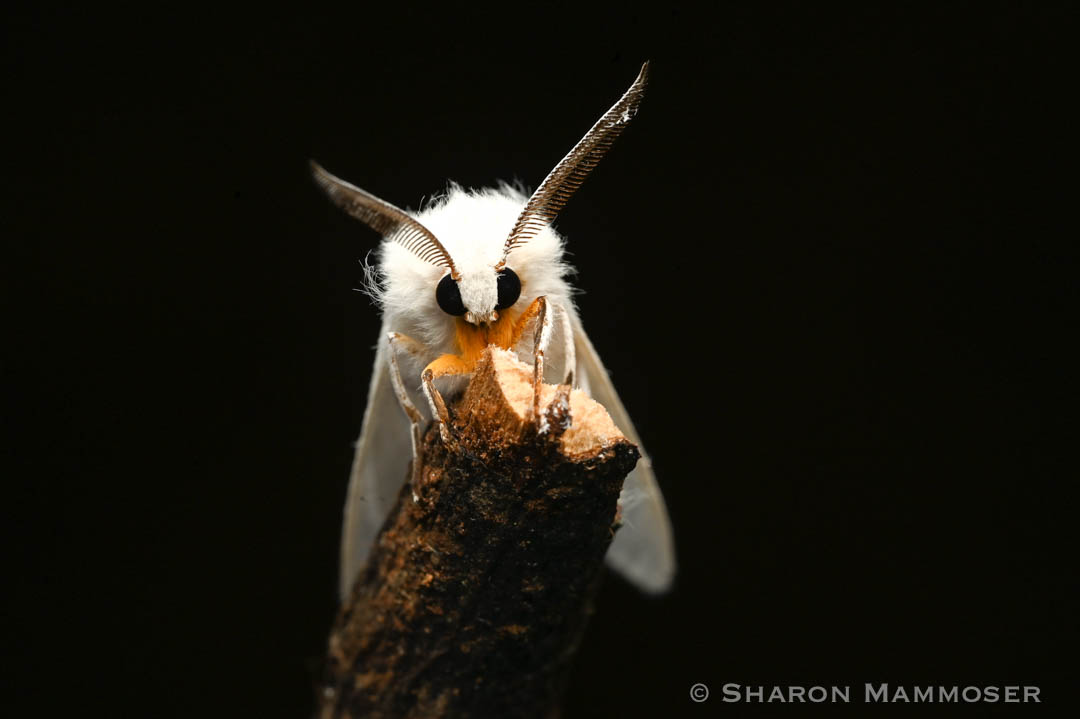
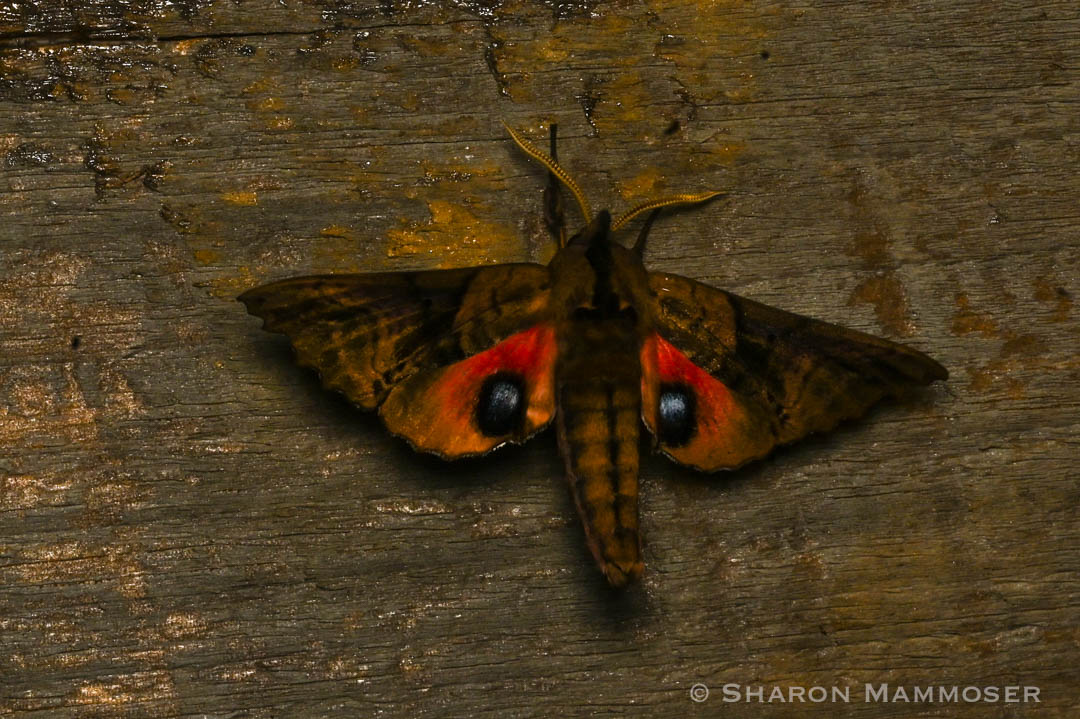
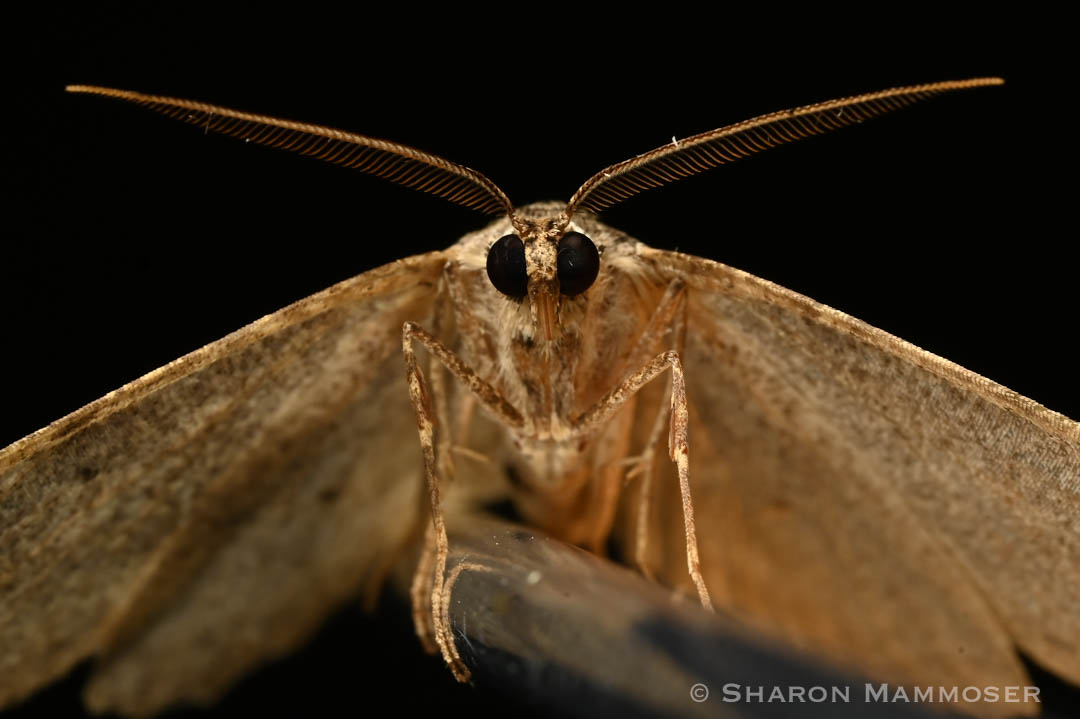
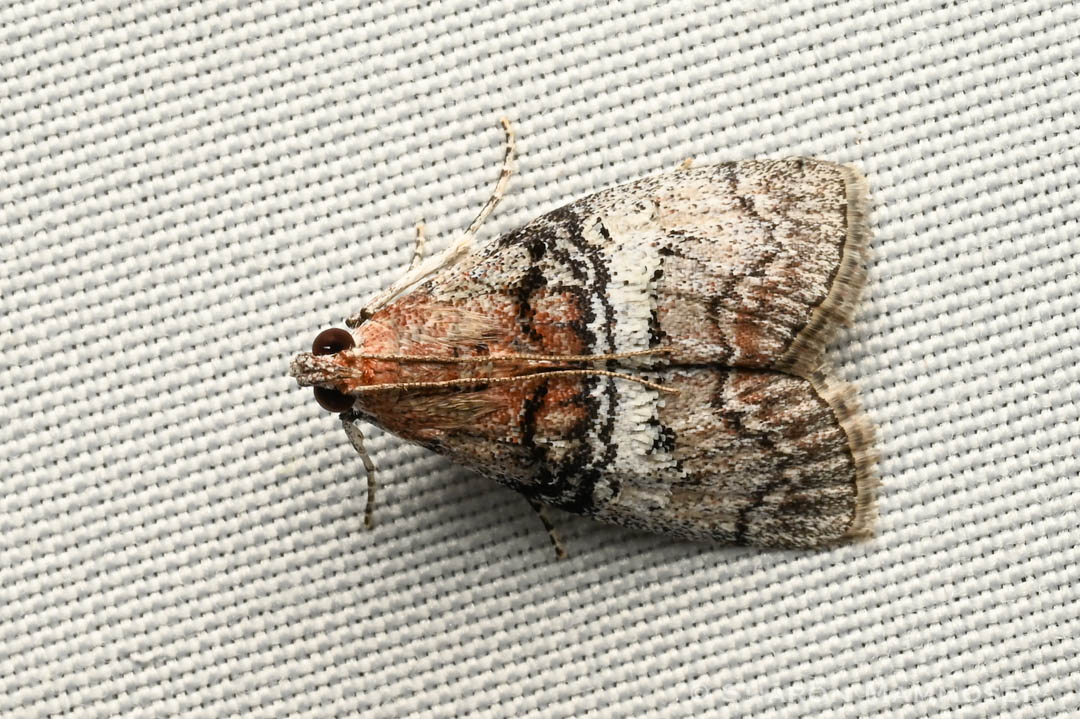
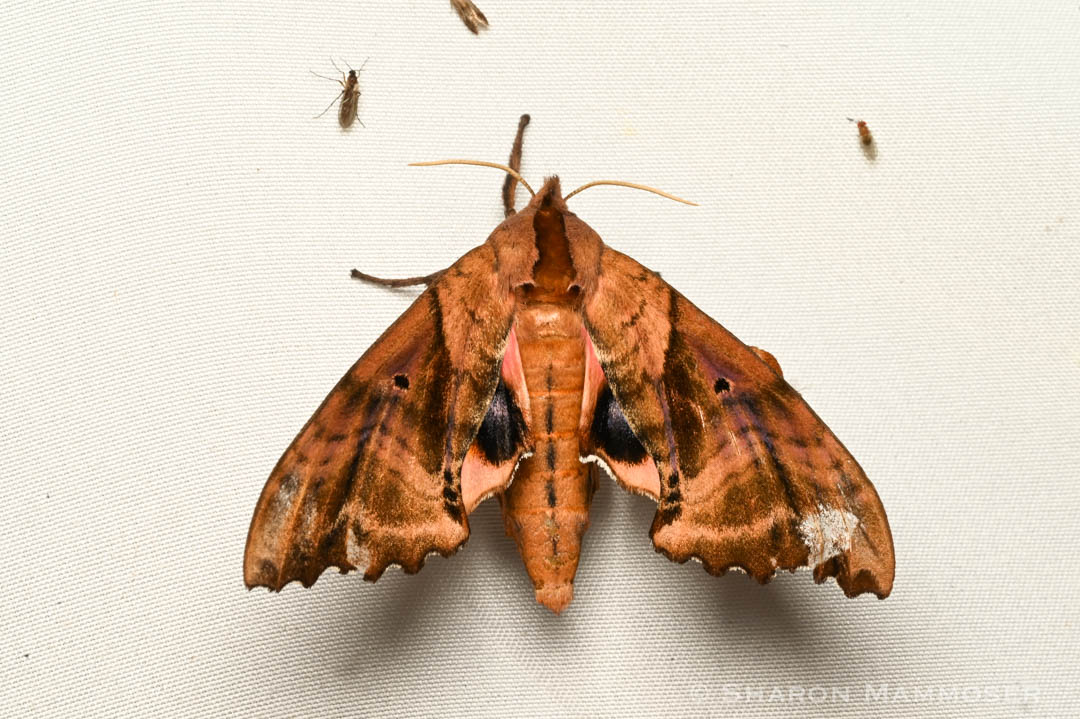
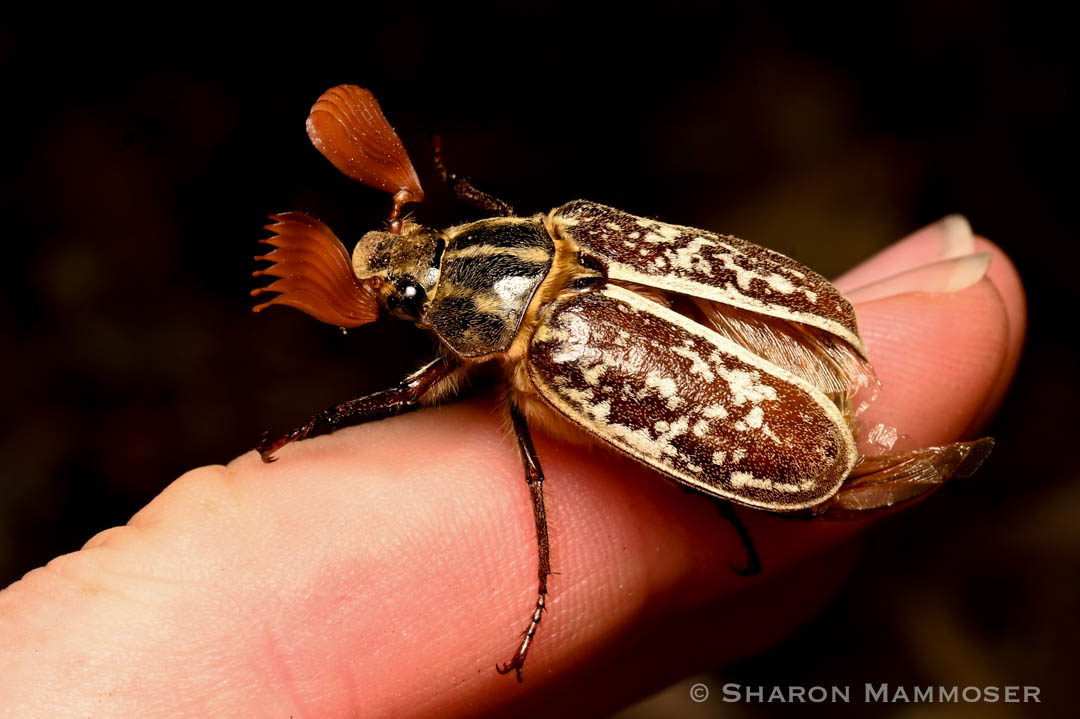
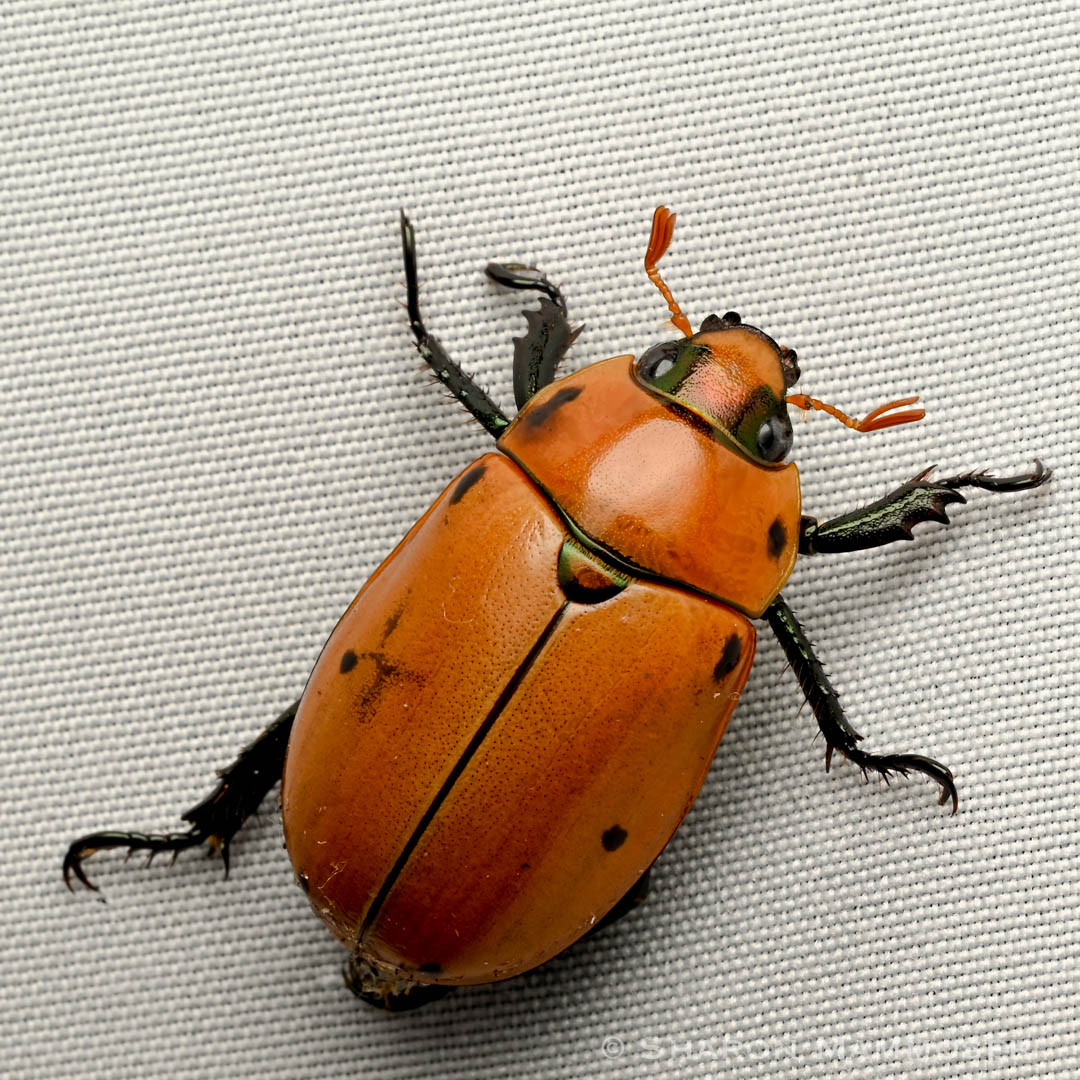
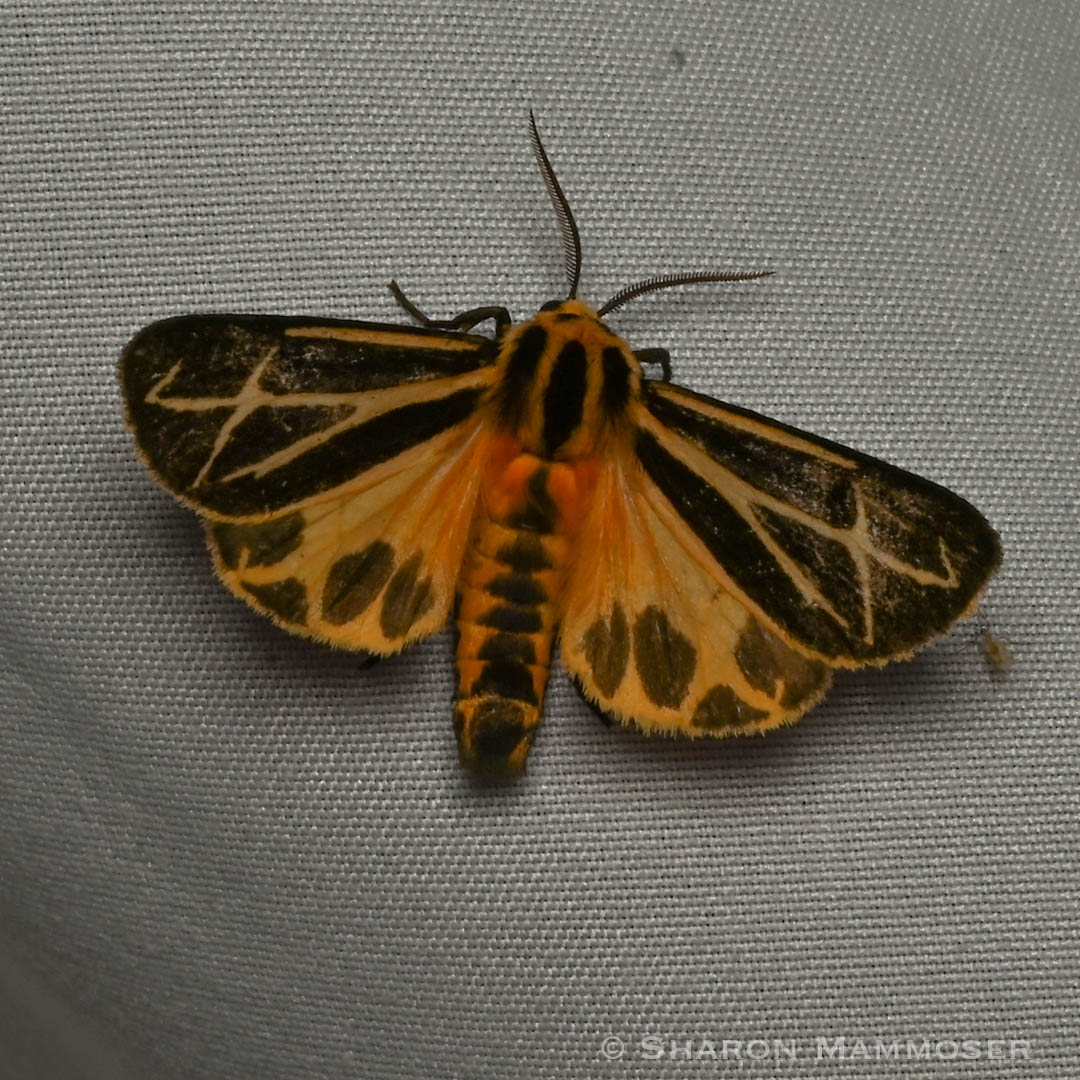
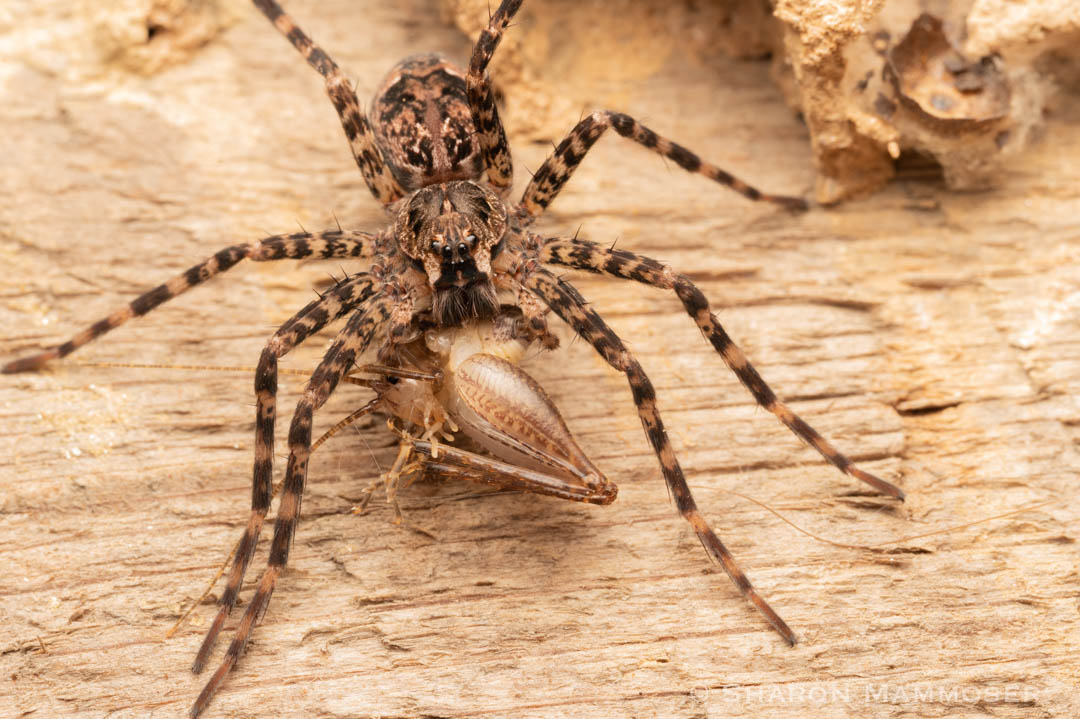
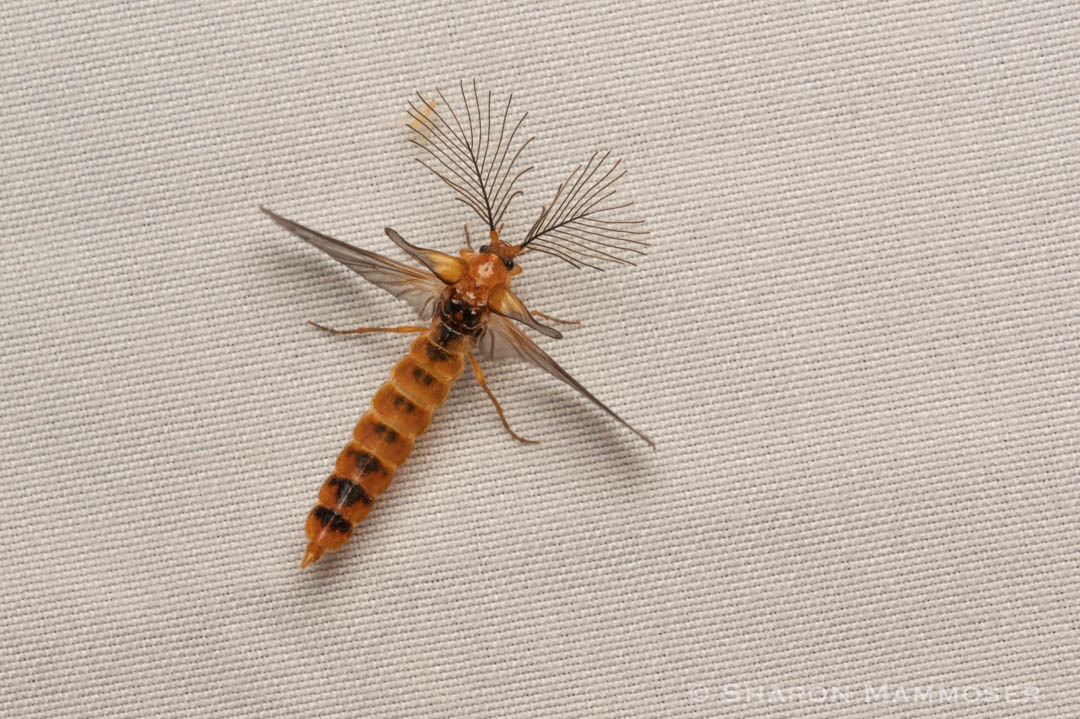
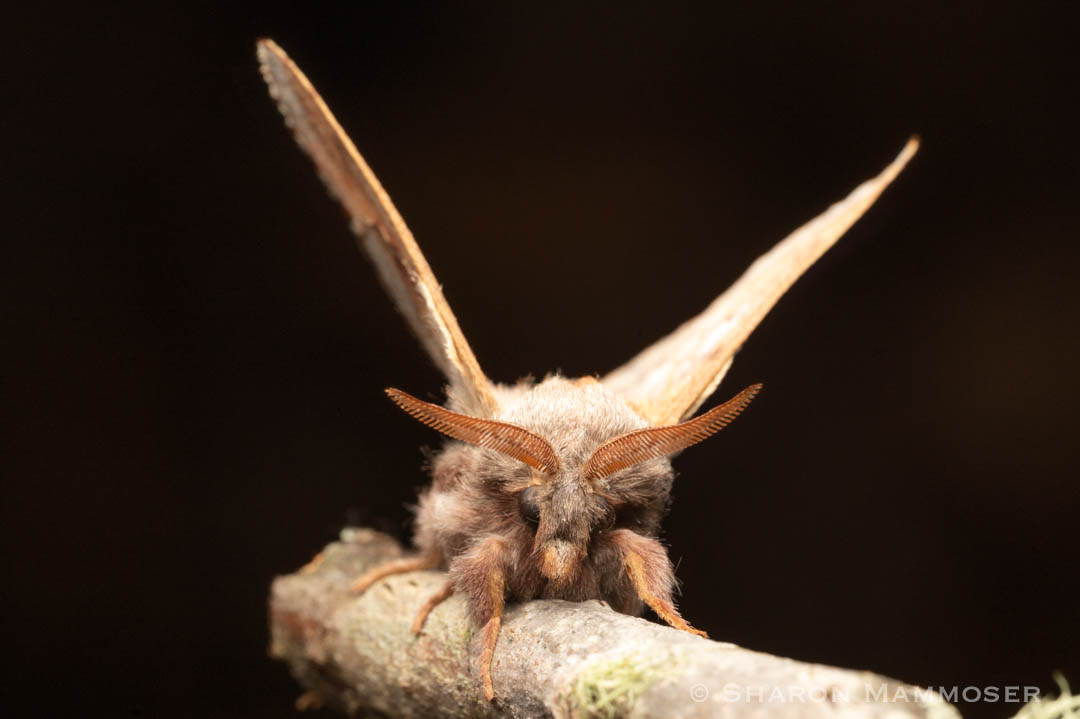
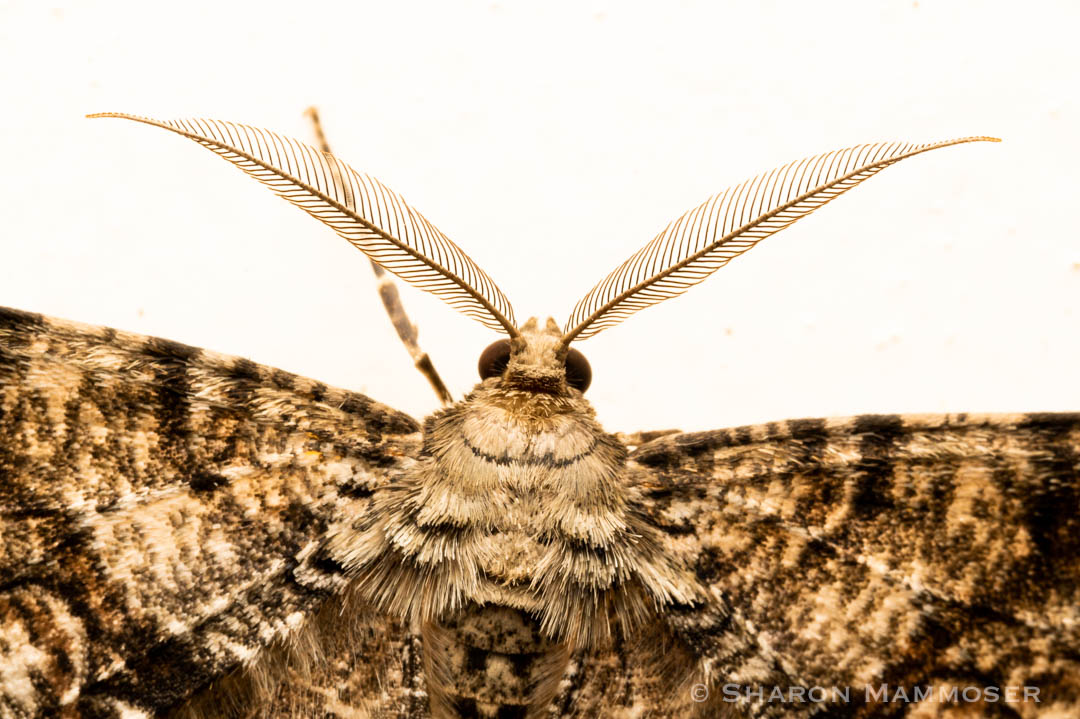
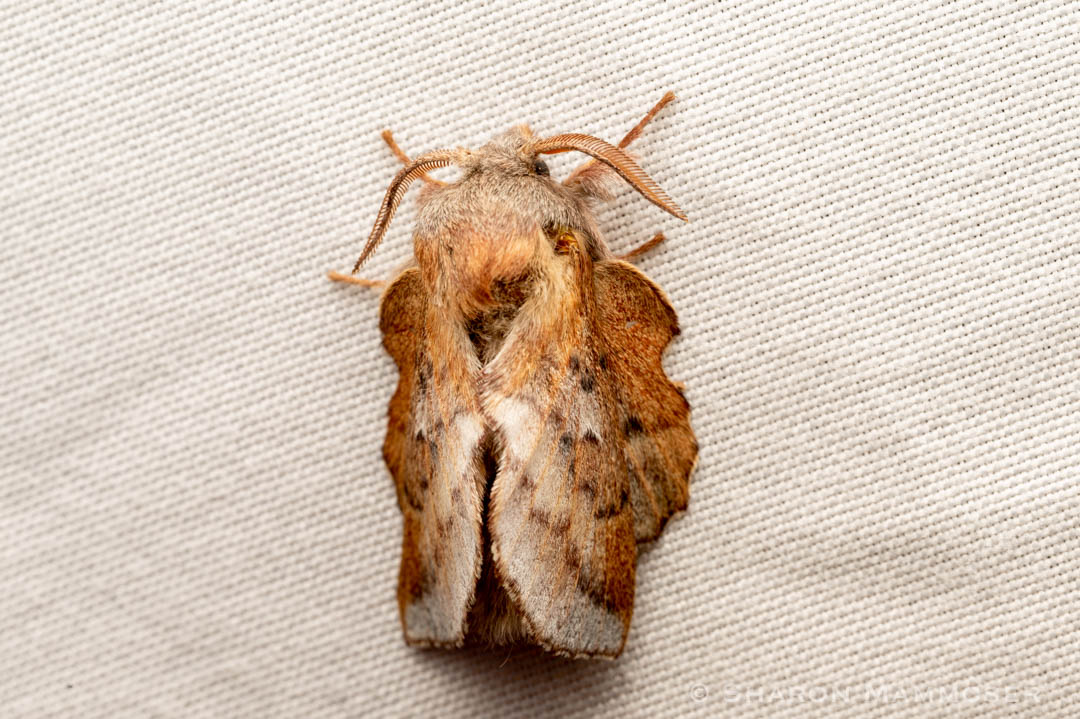
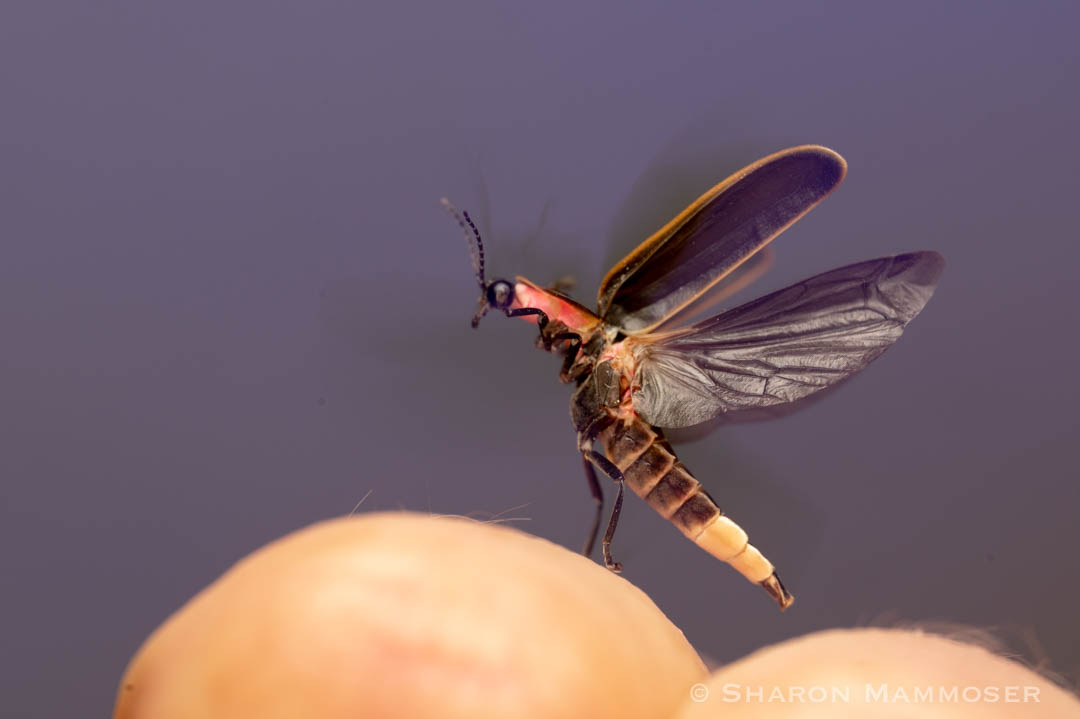
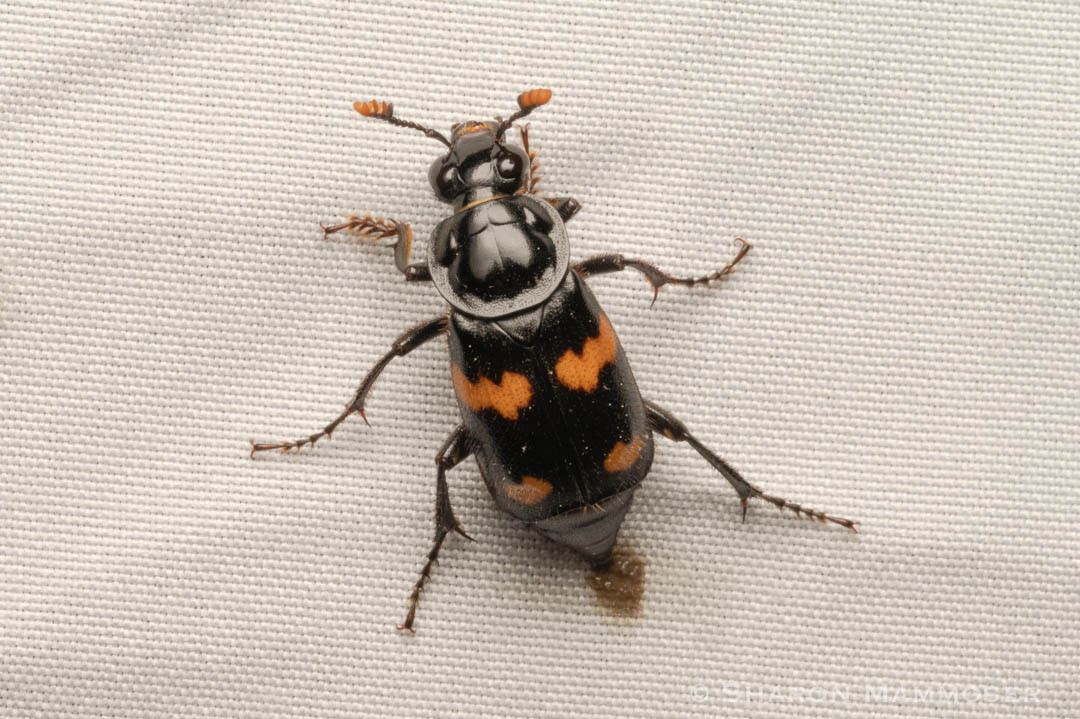
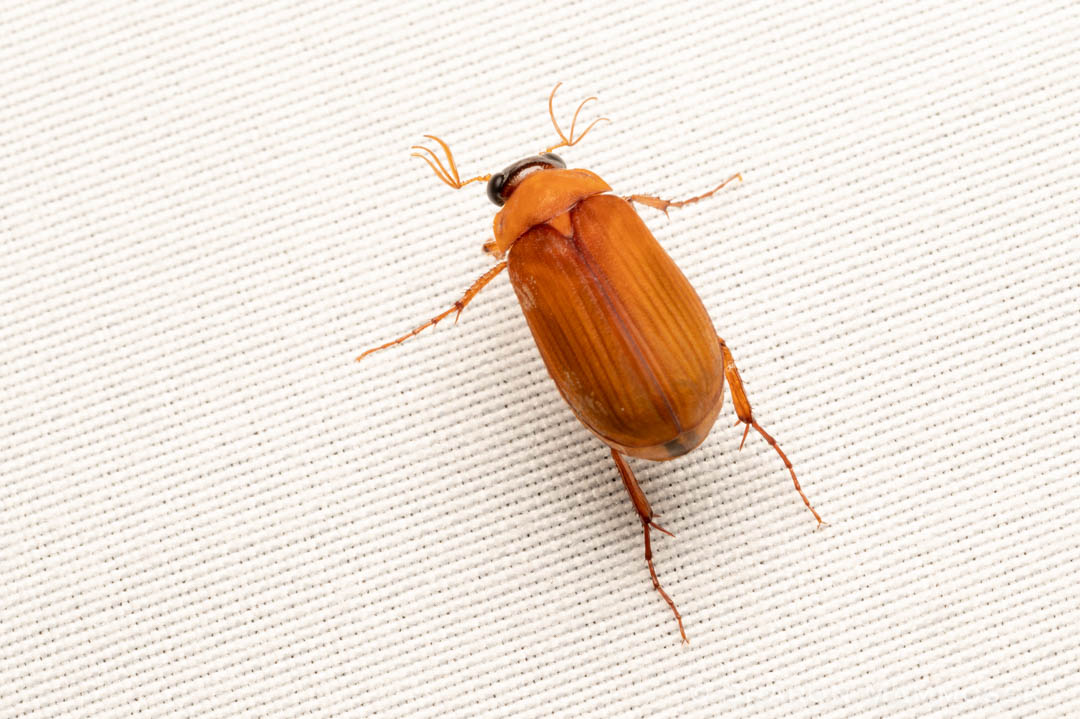
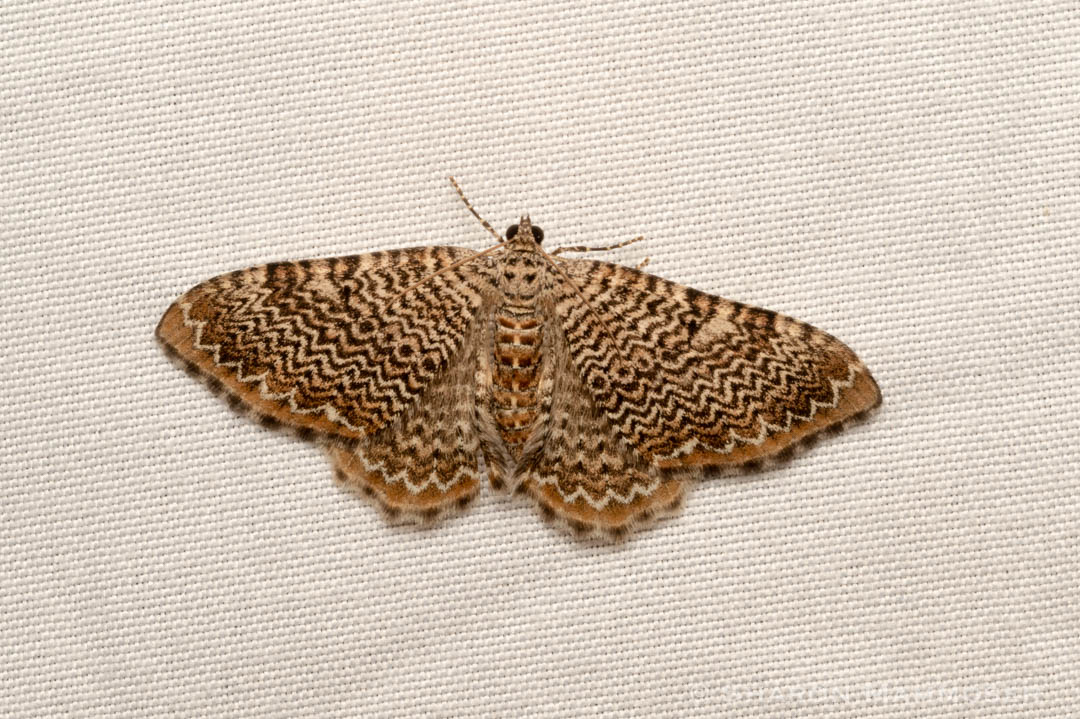

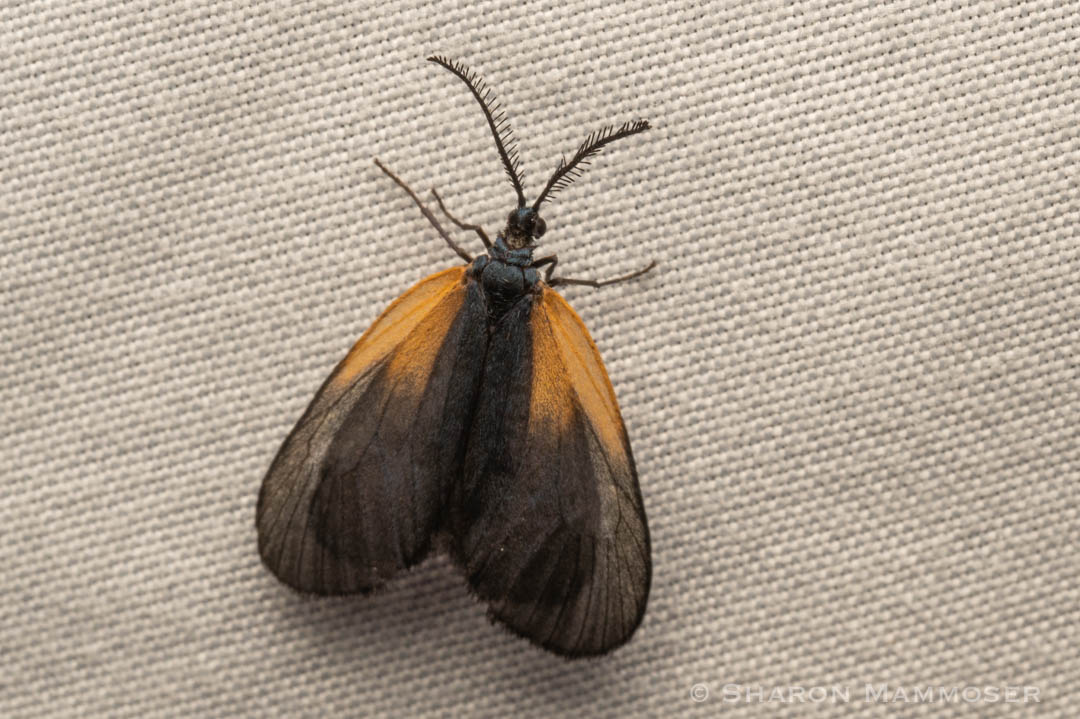
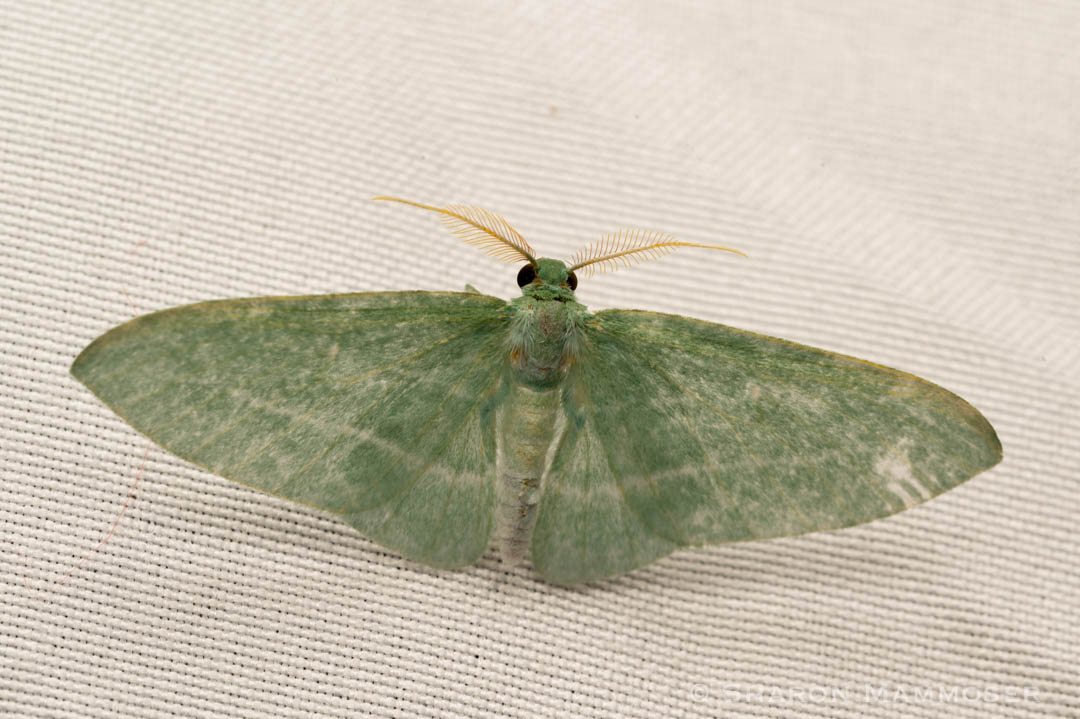
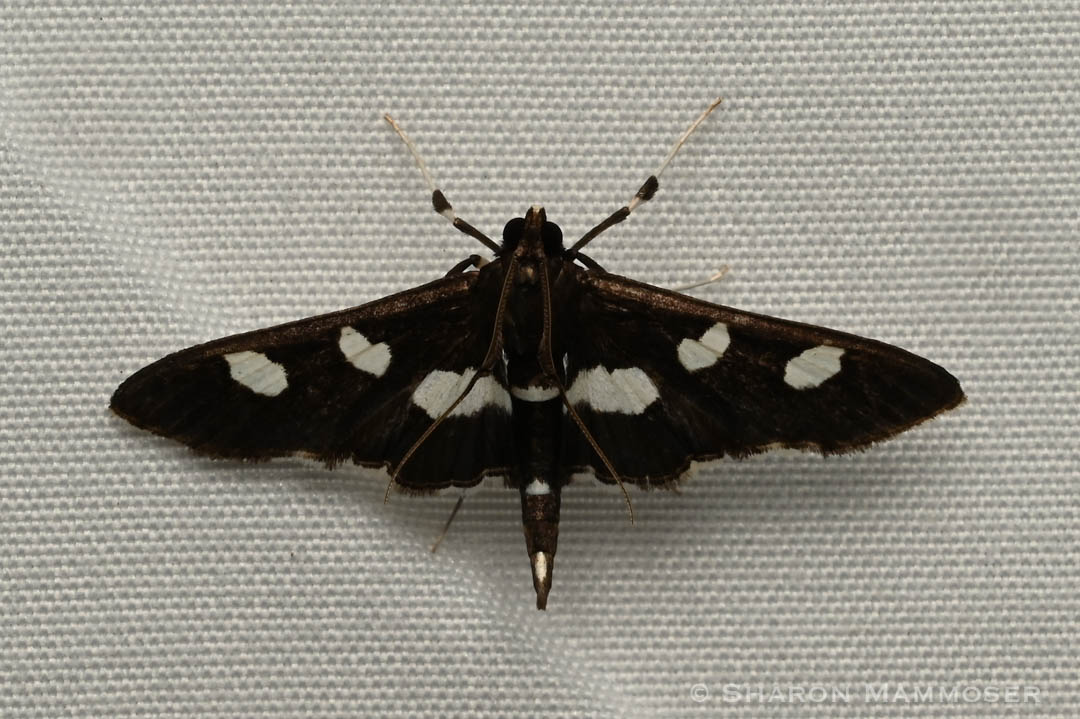
If you want to read more about moths here are a few more articles:
Think Moths are Drab? These Silkworm Moths May Surprise You Then or
mothsIn Praise of Moths… Some Things I Bet You Didn’t know
or One of our Largest and Most Colorful Moths
Good luck mothing!! I hope you give it a try and if you do, let me know how it went! There’s always something exciting to see whether you stay out for one hour or four.


